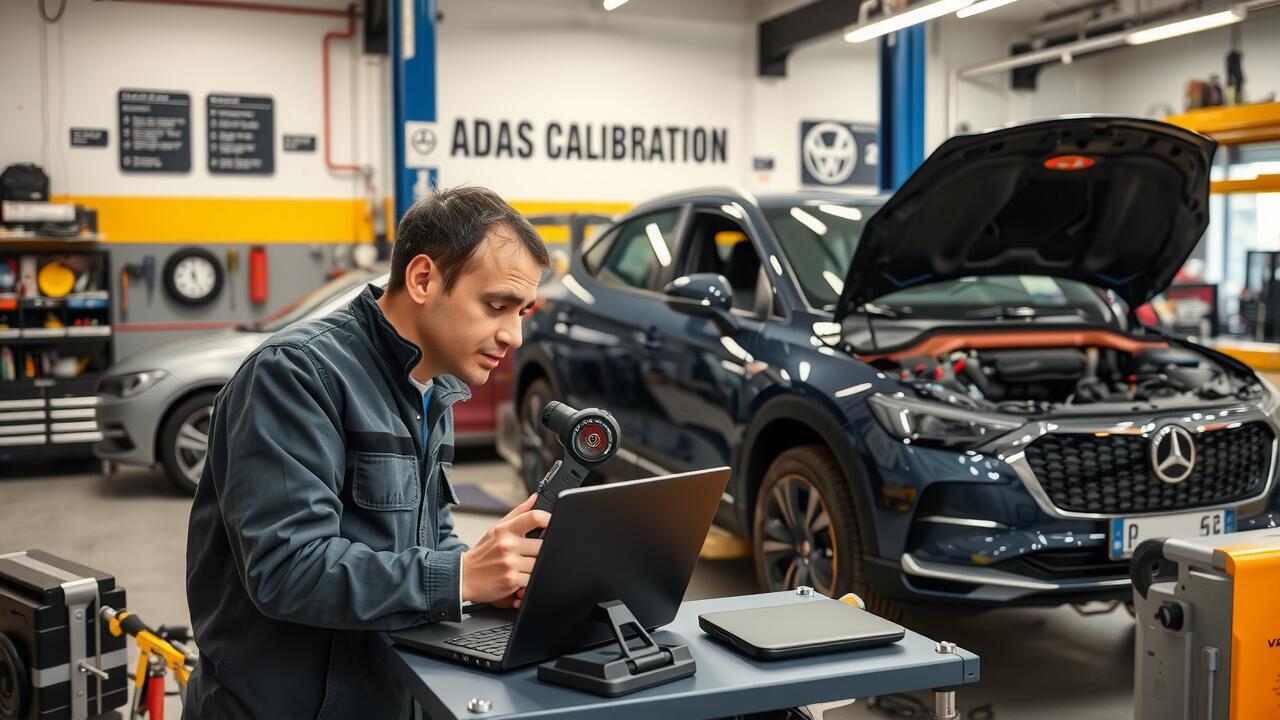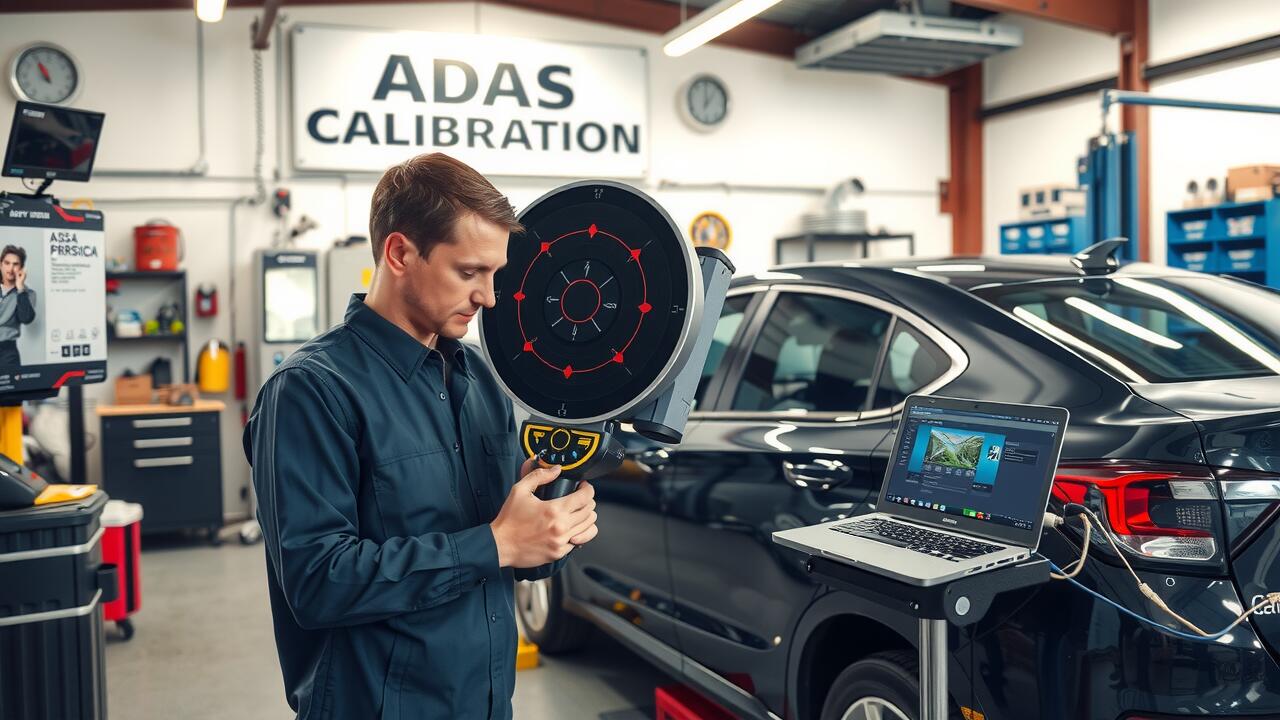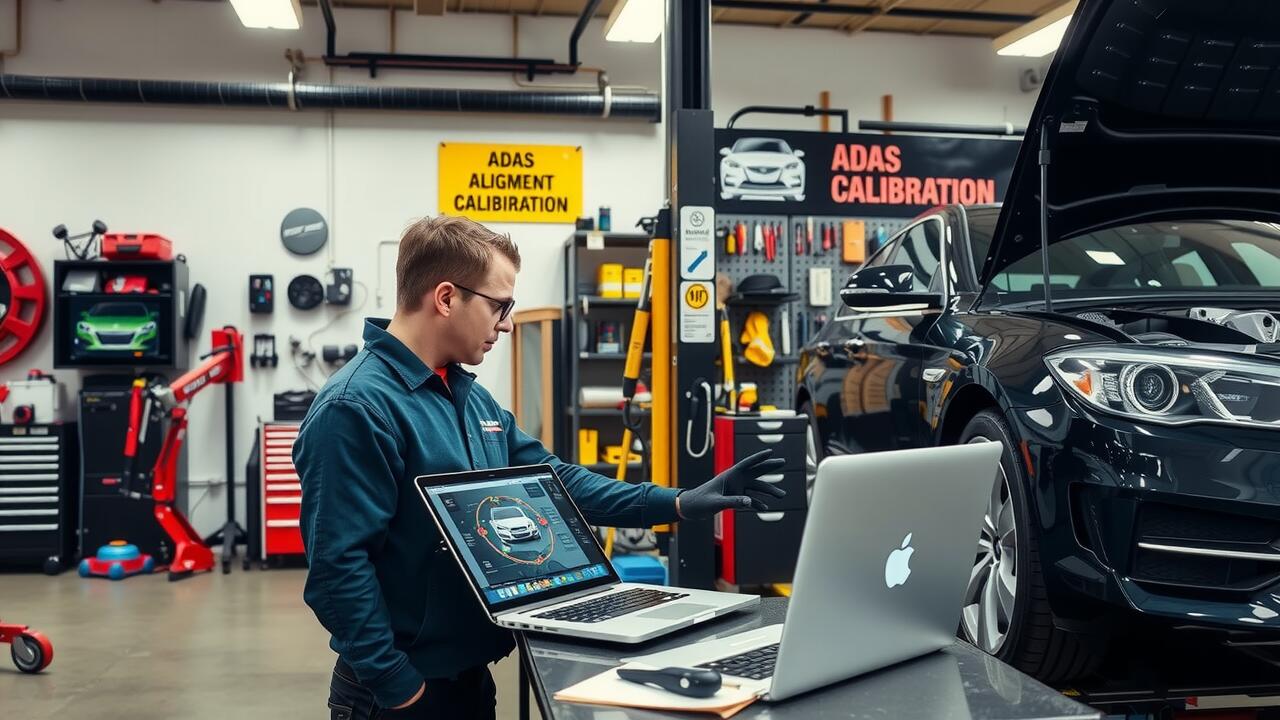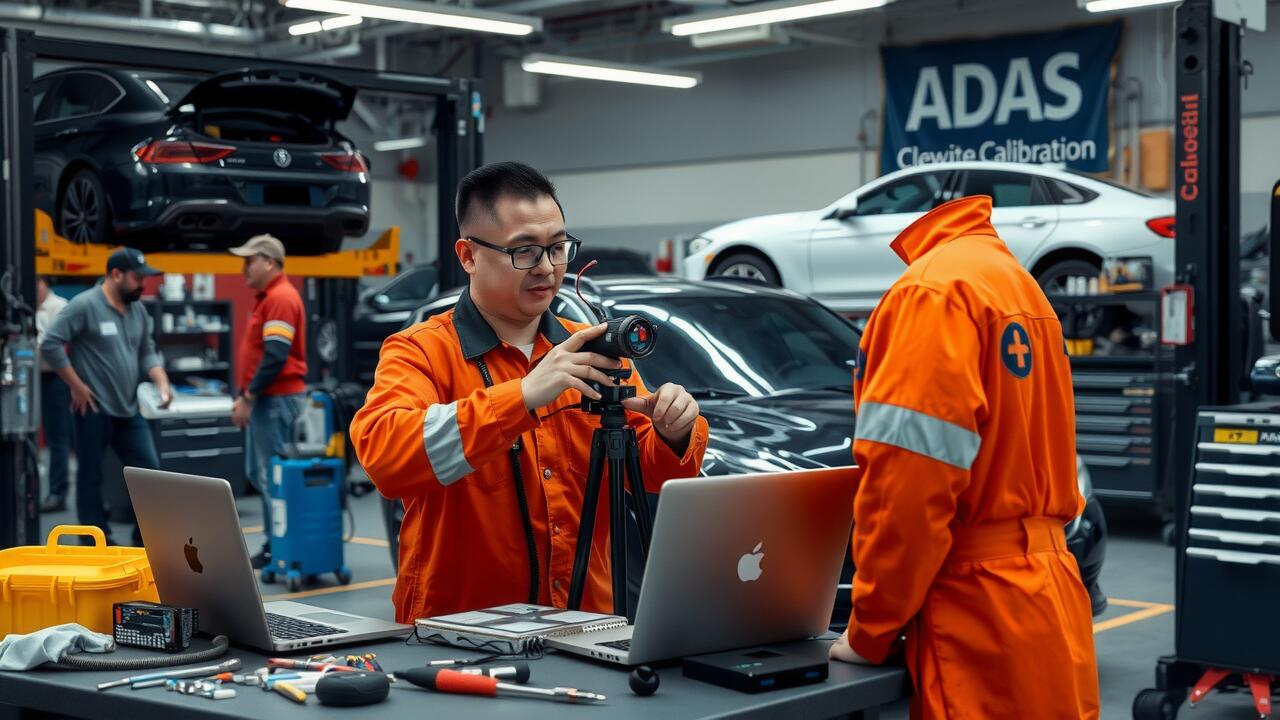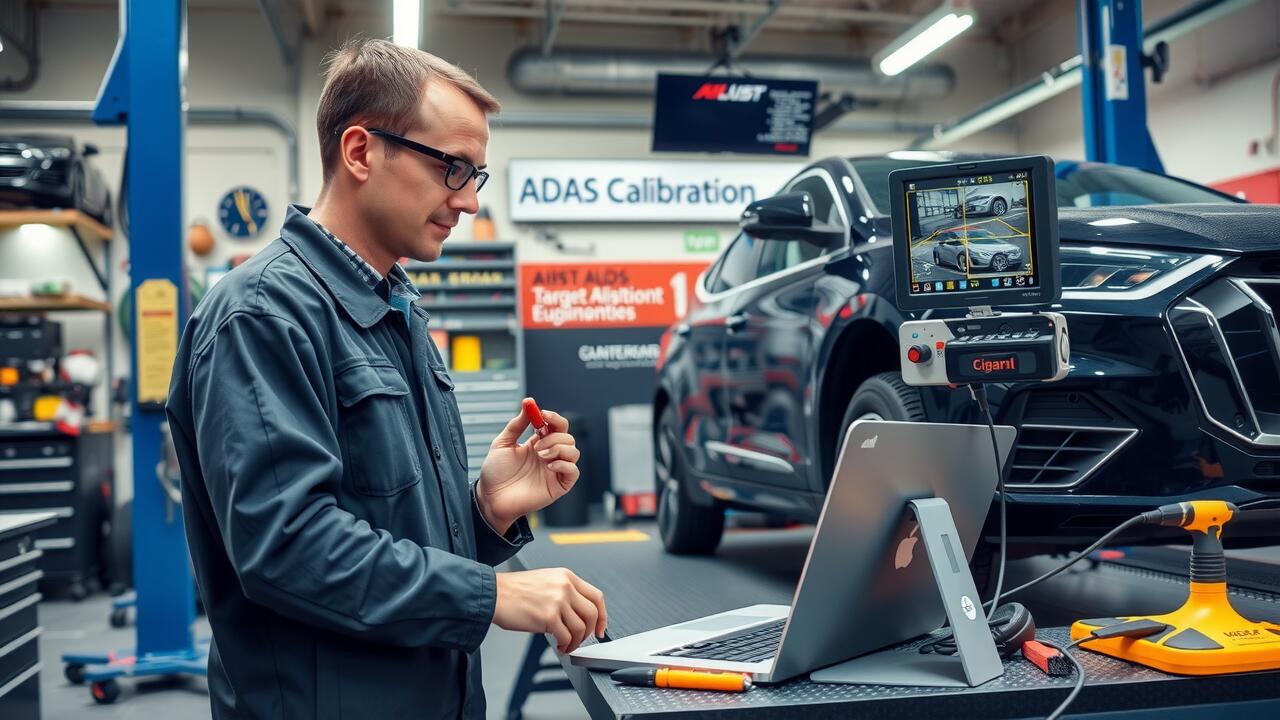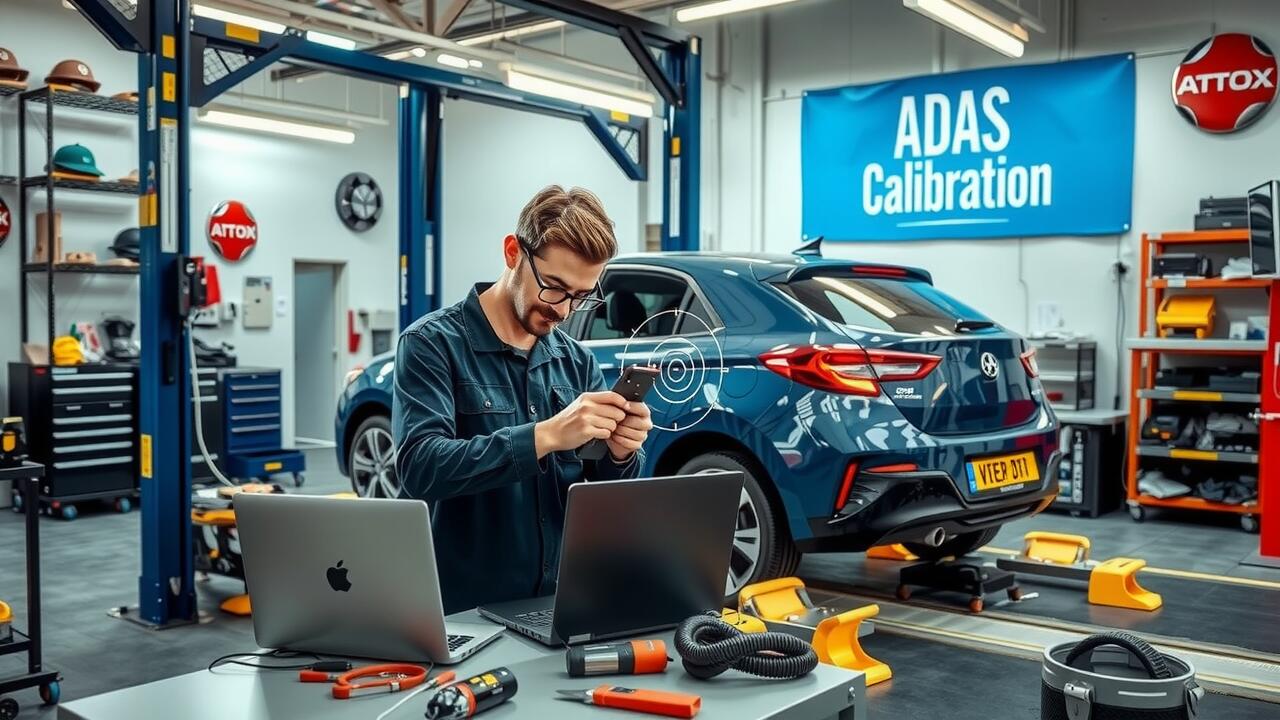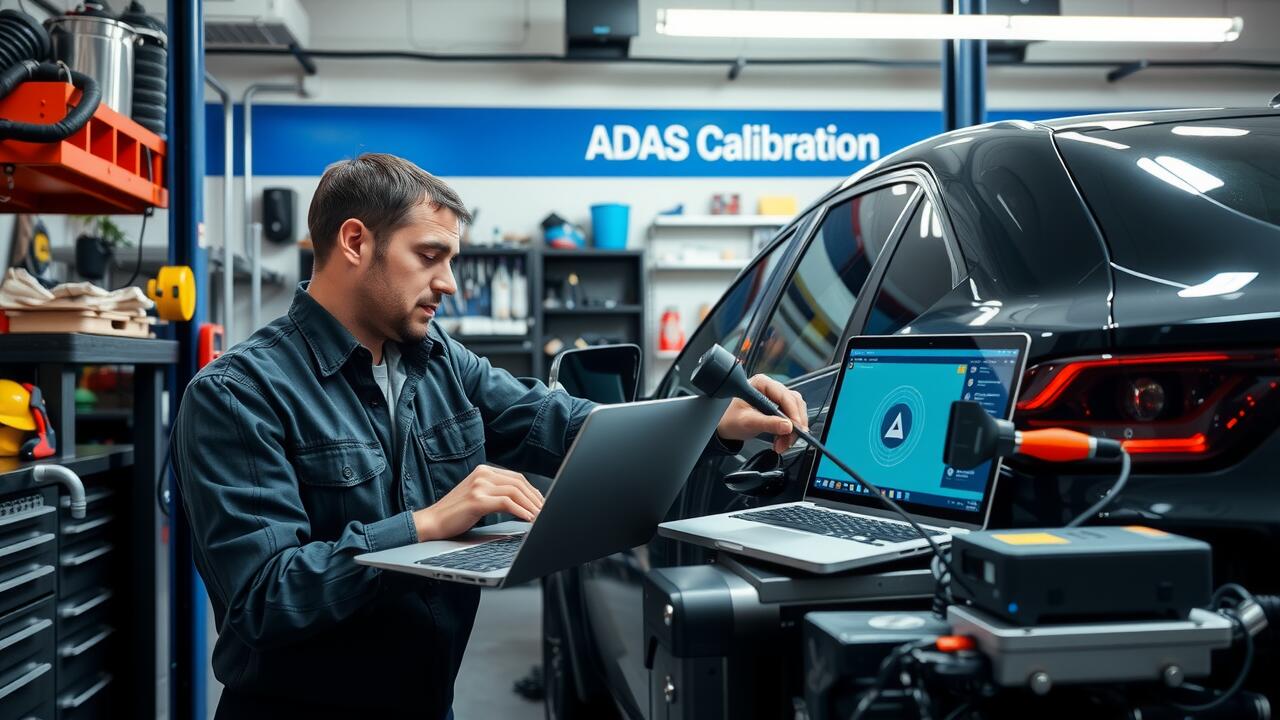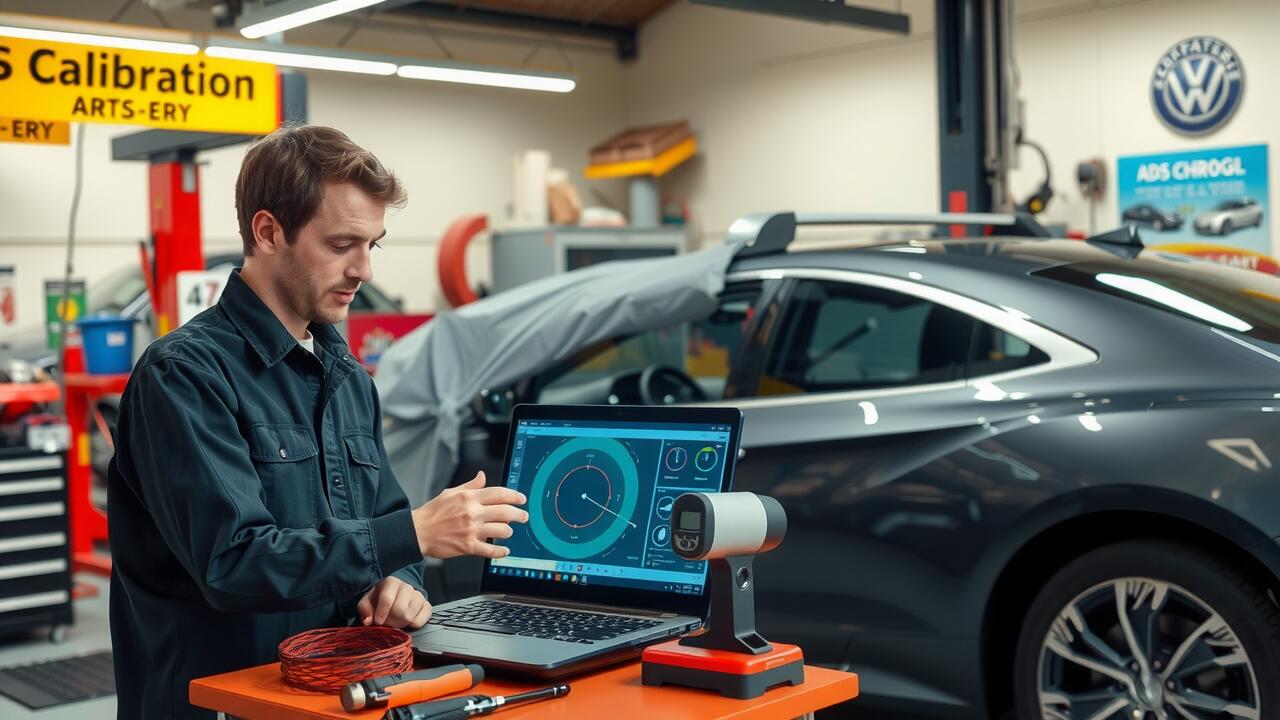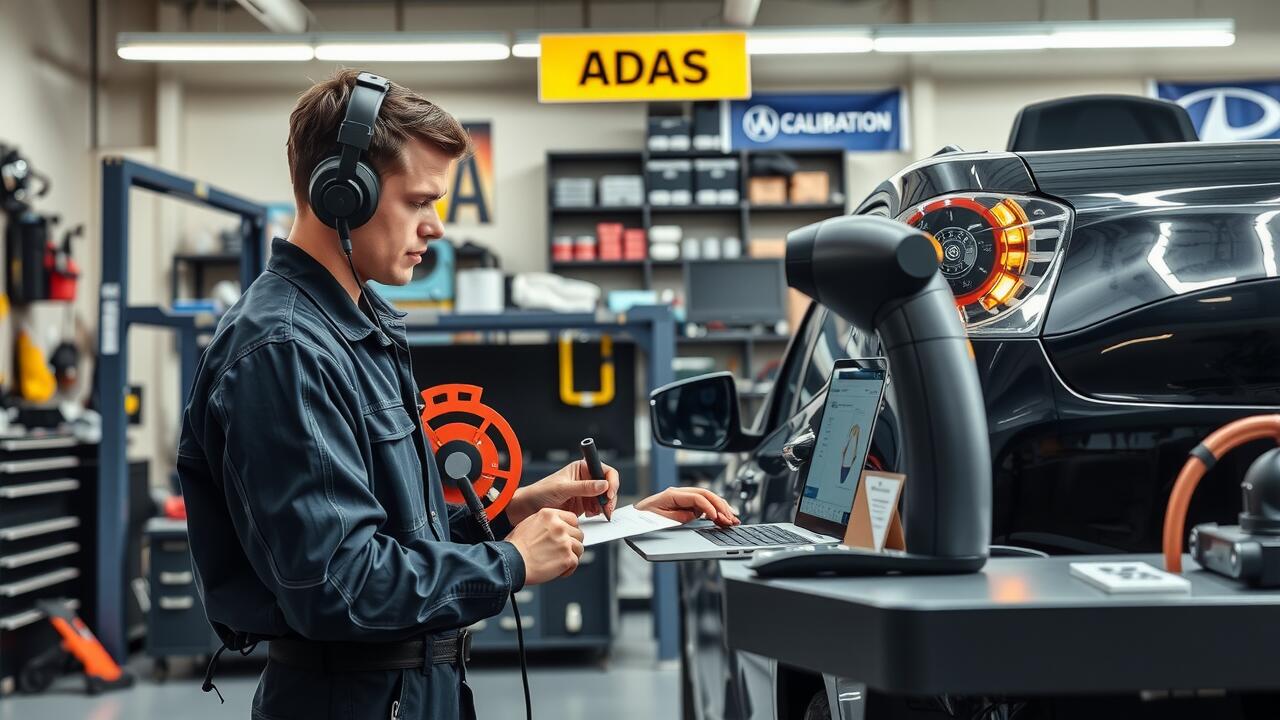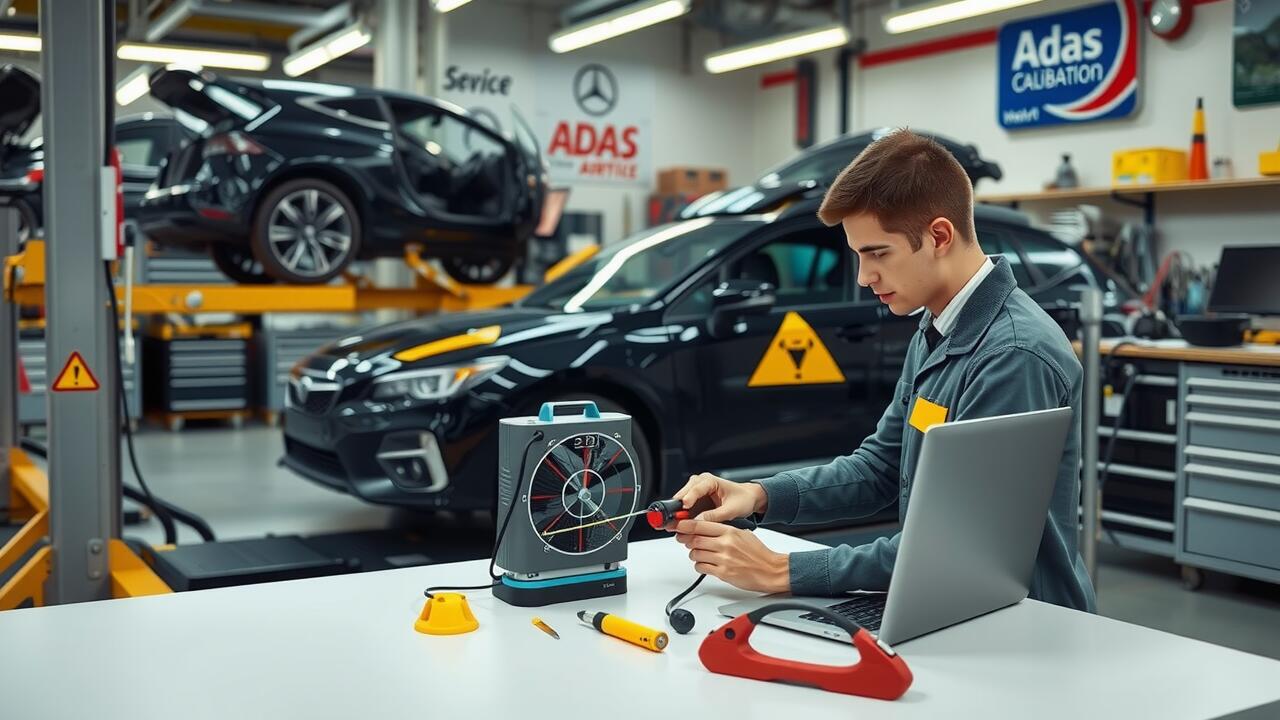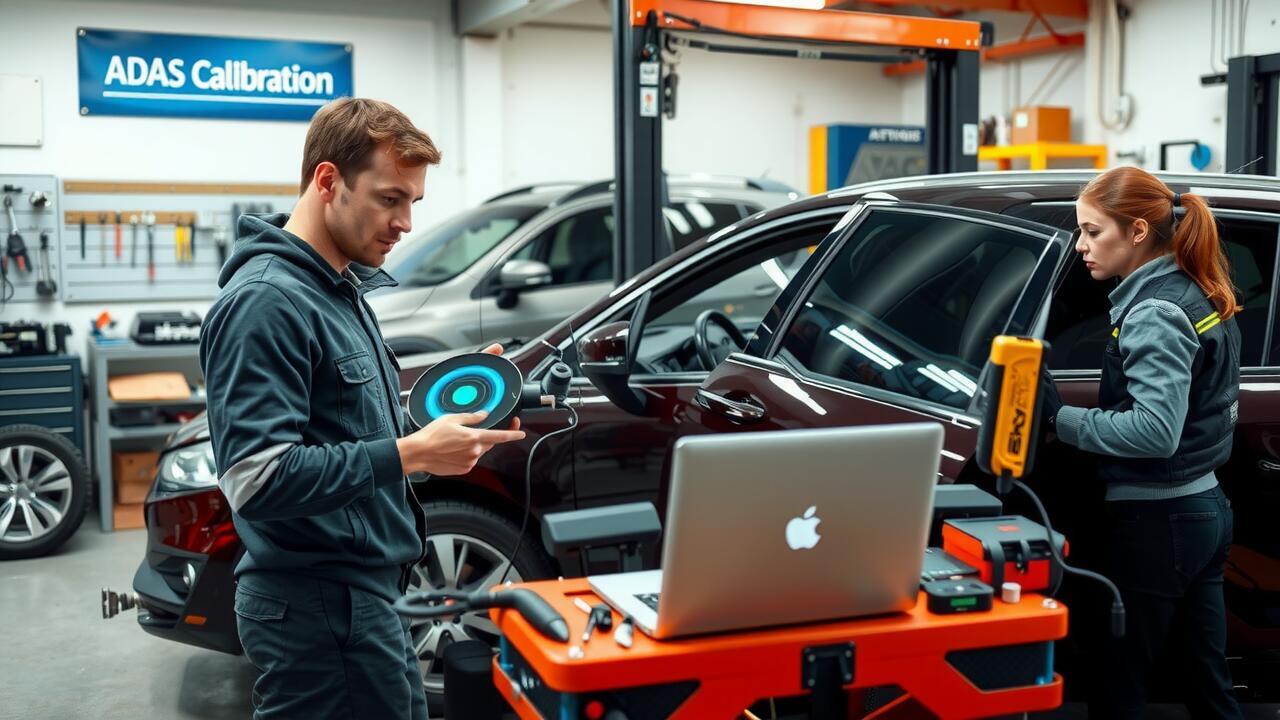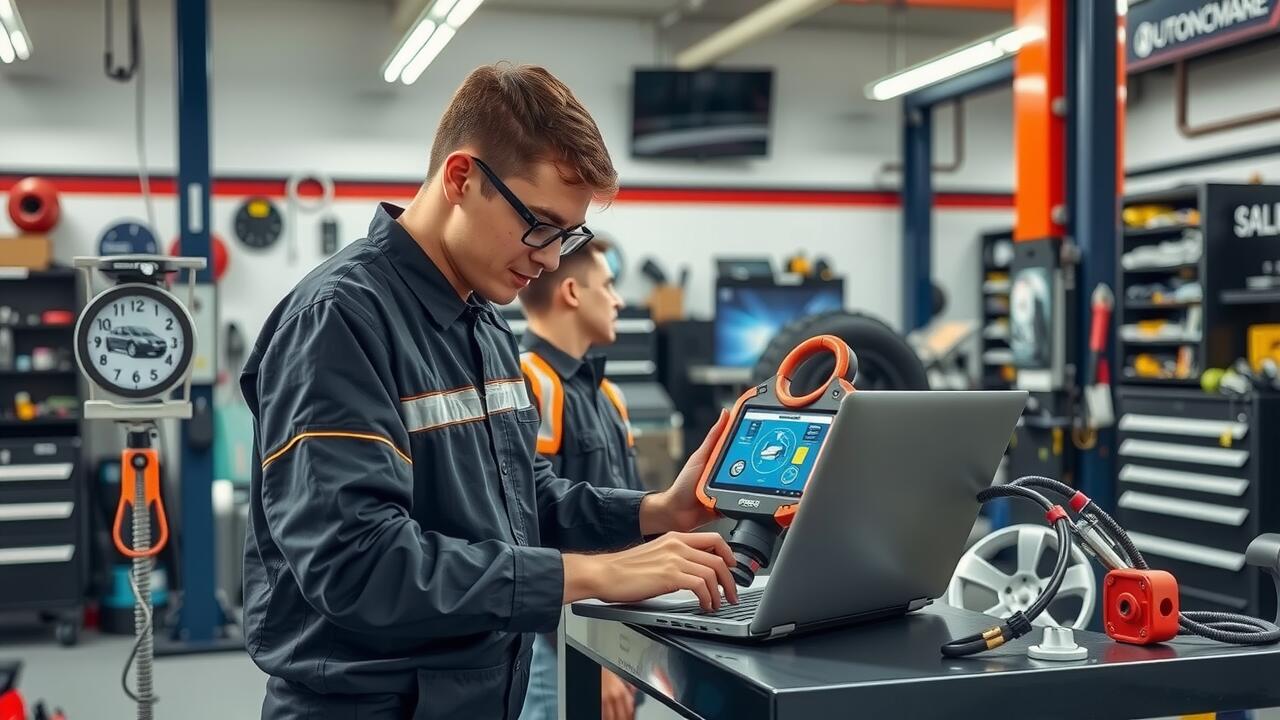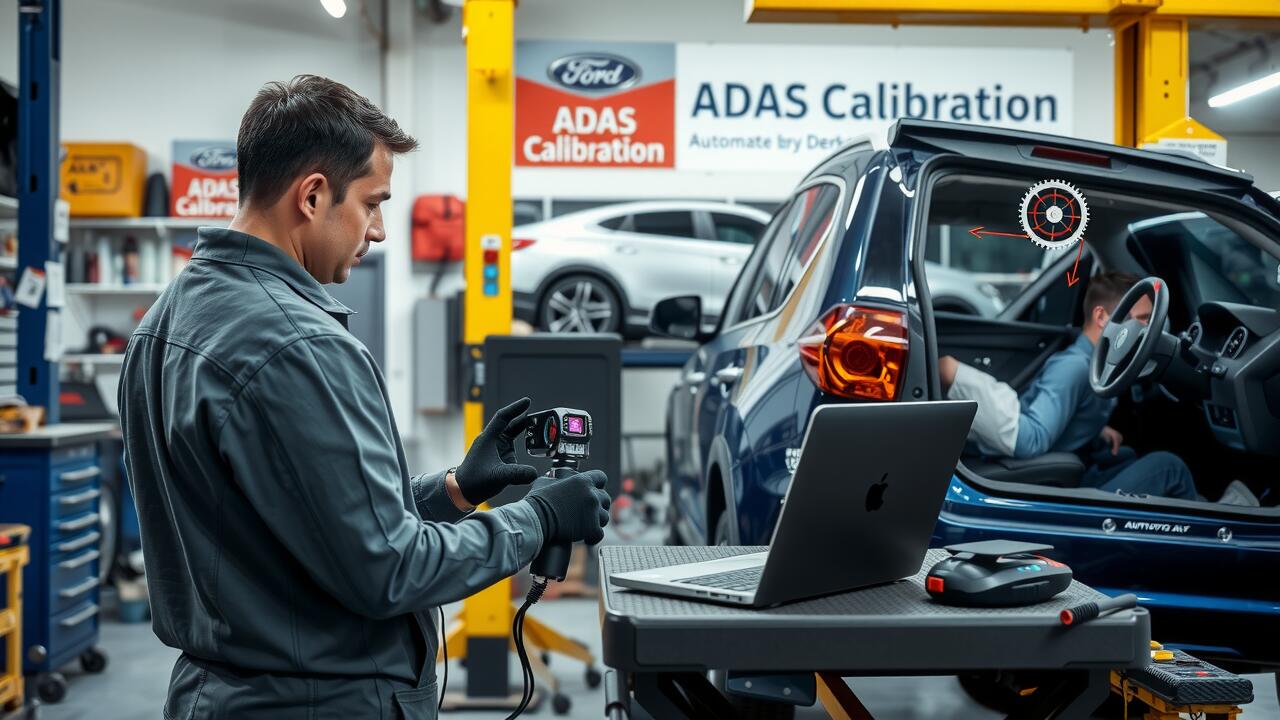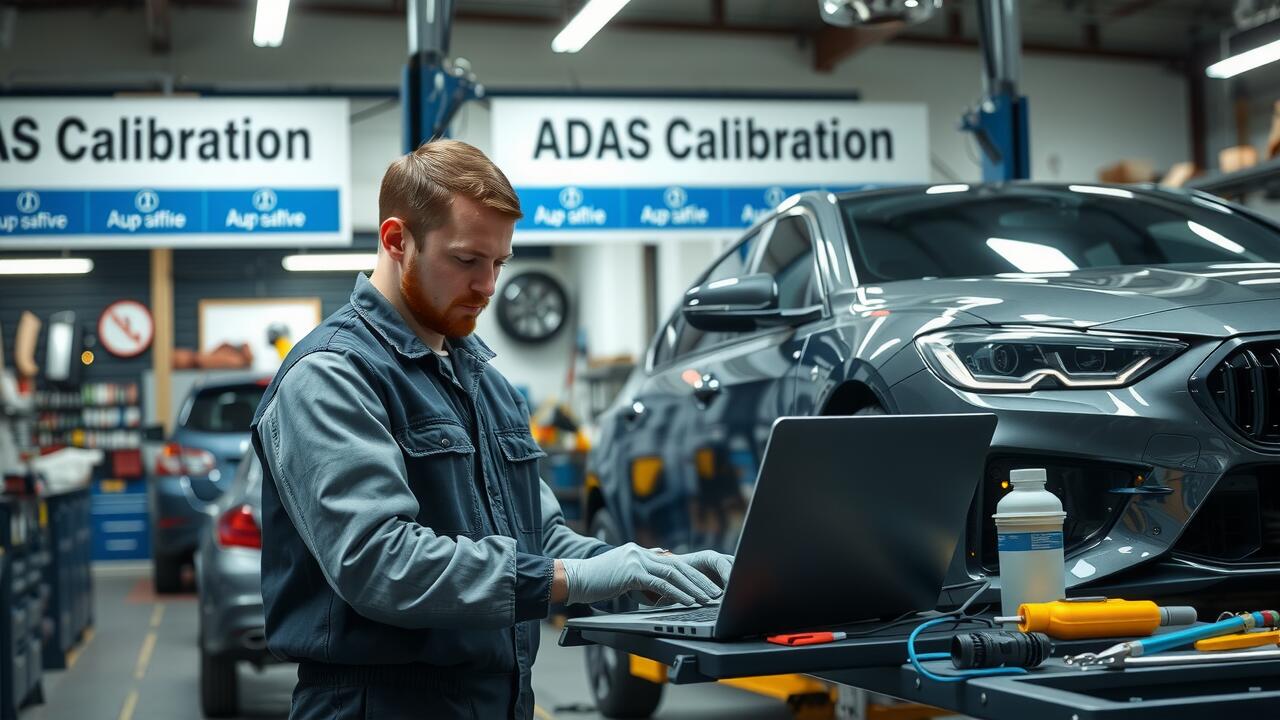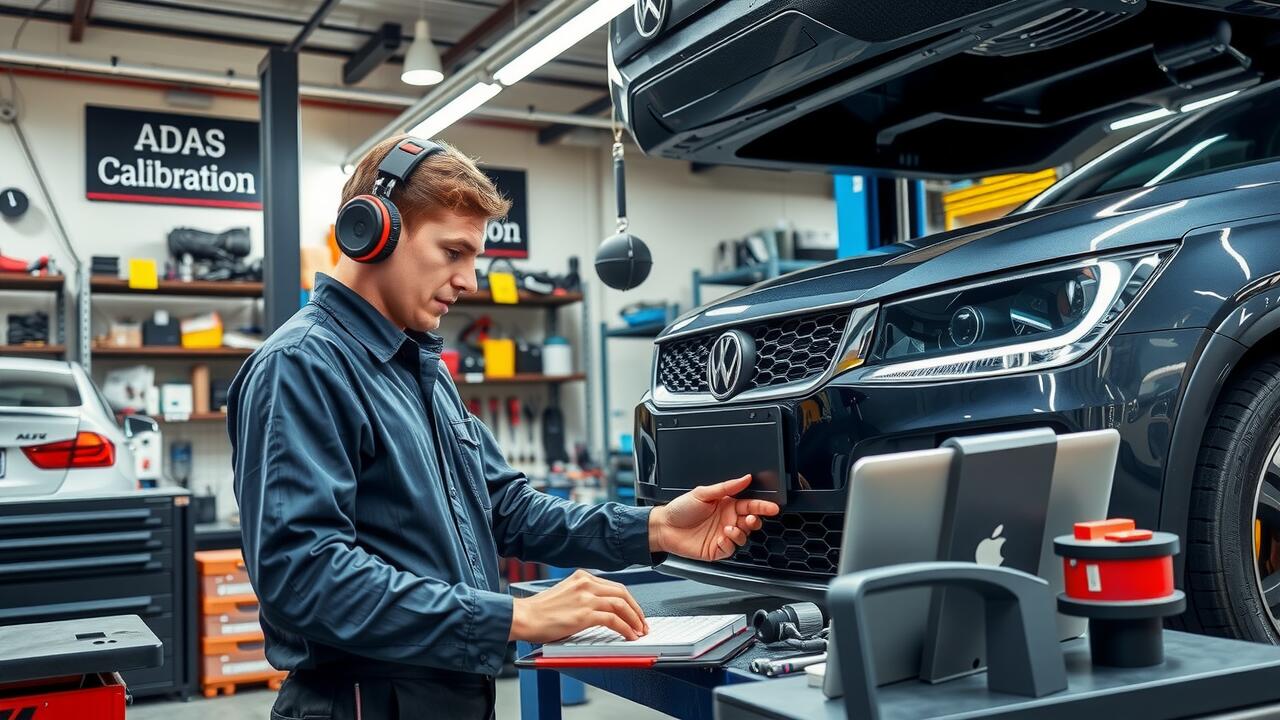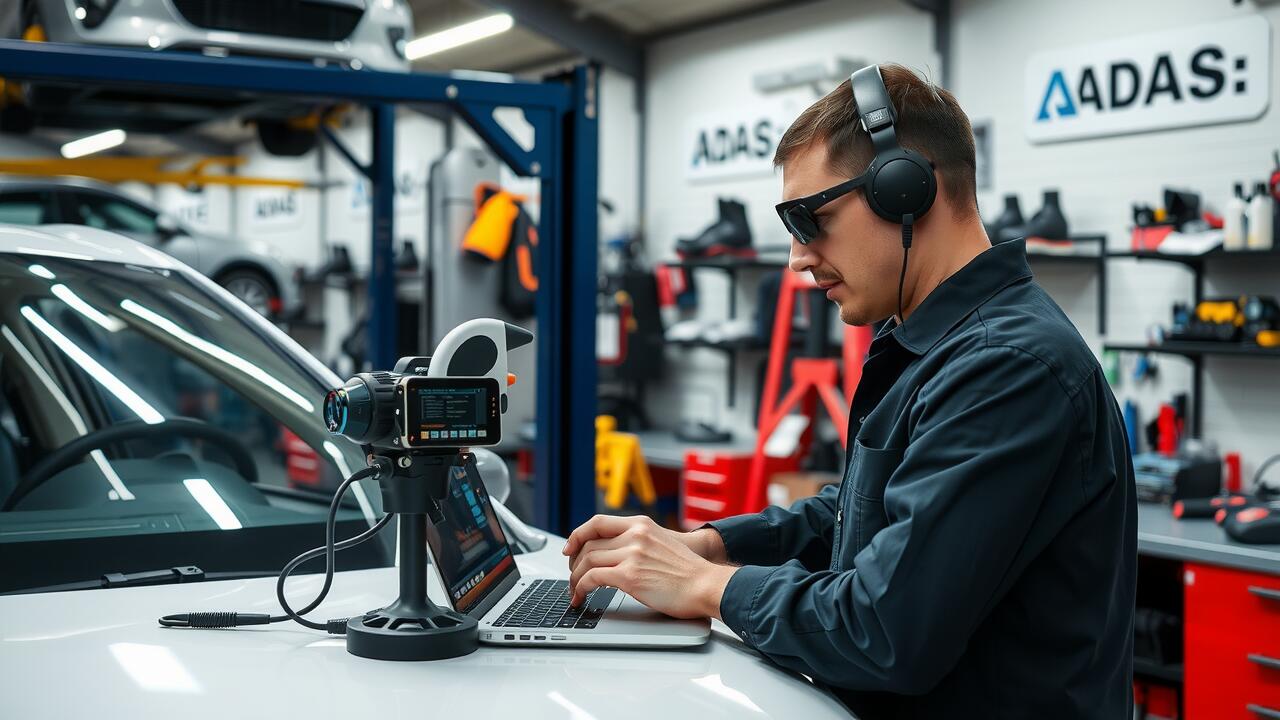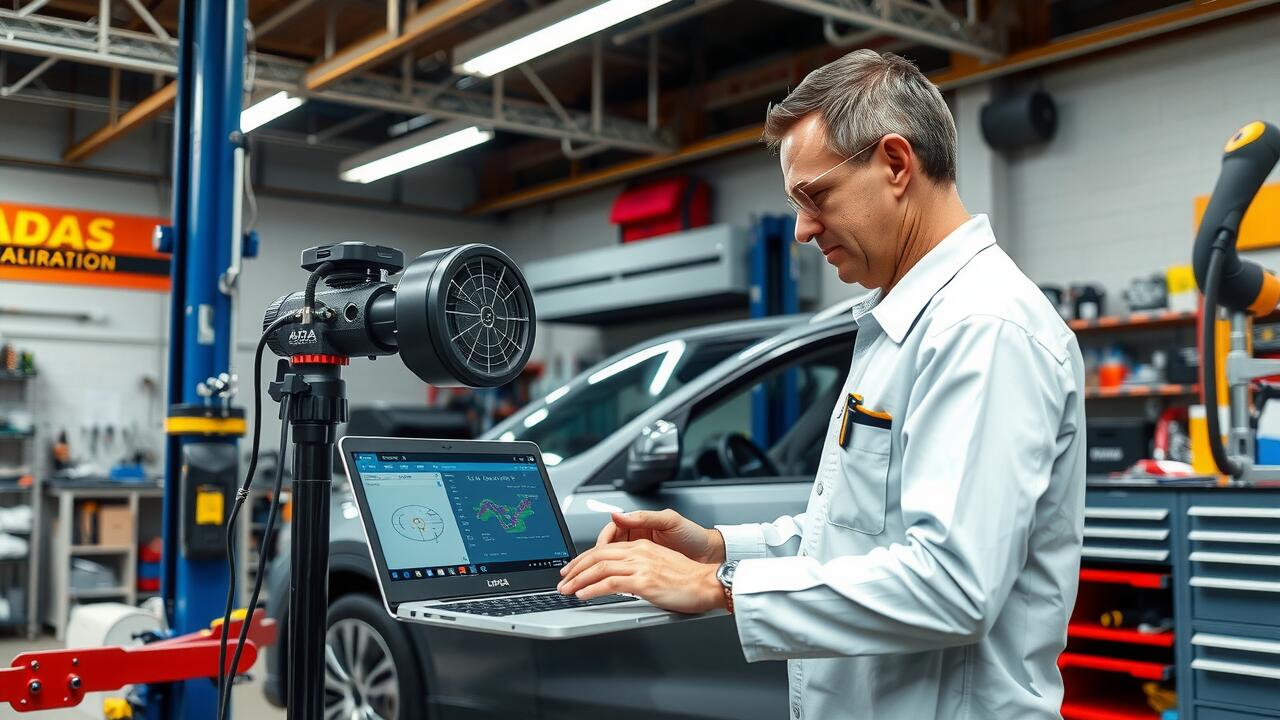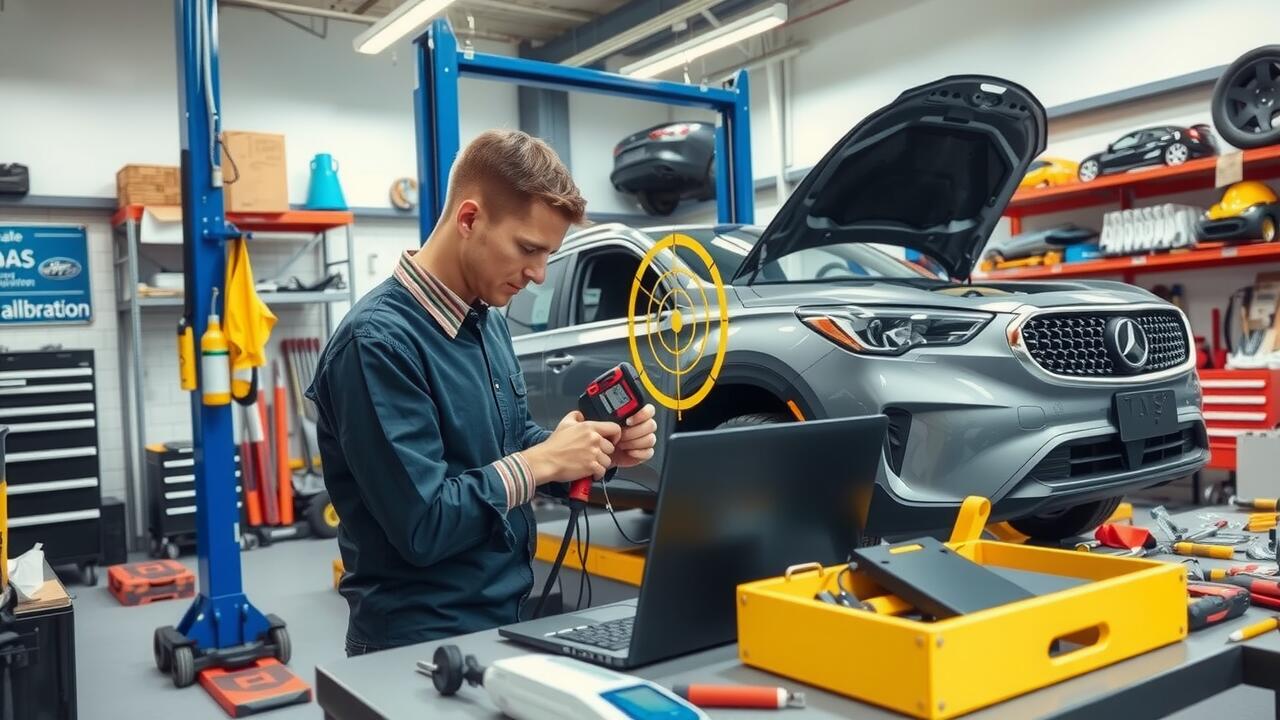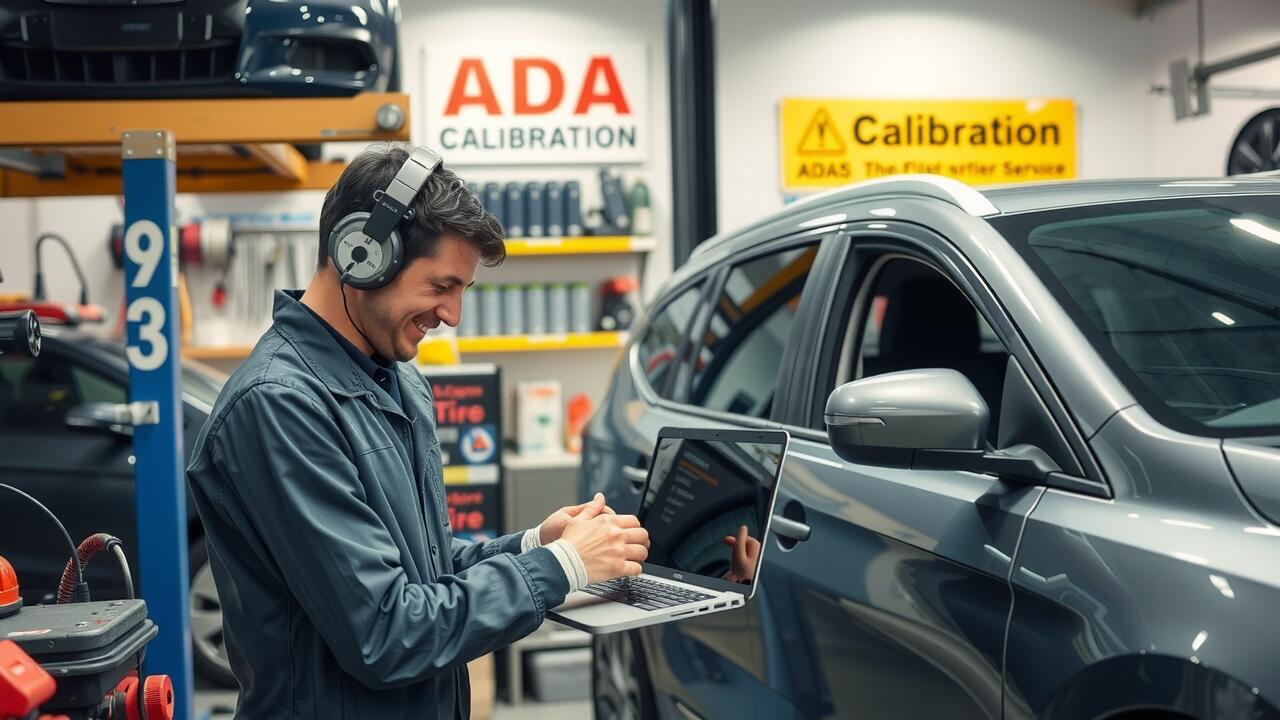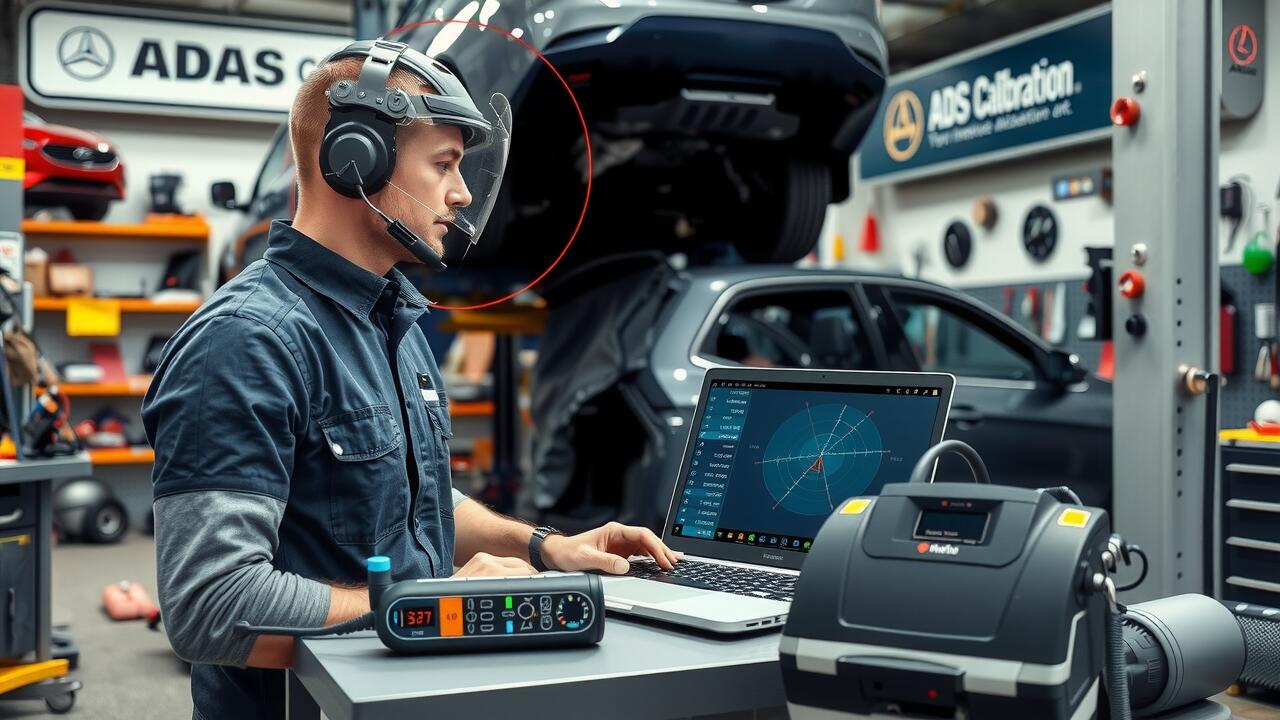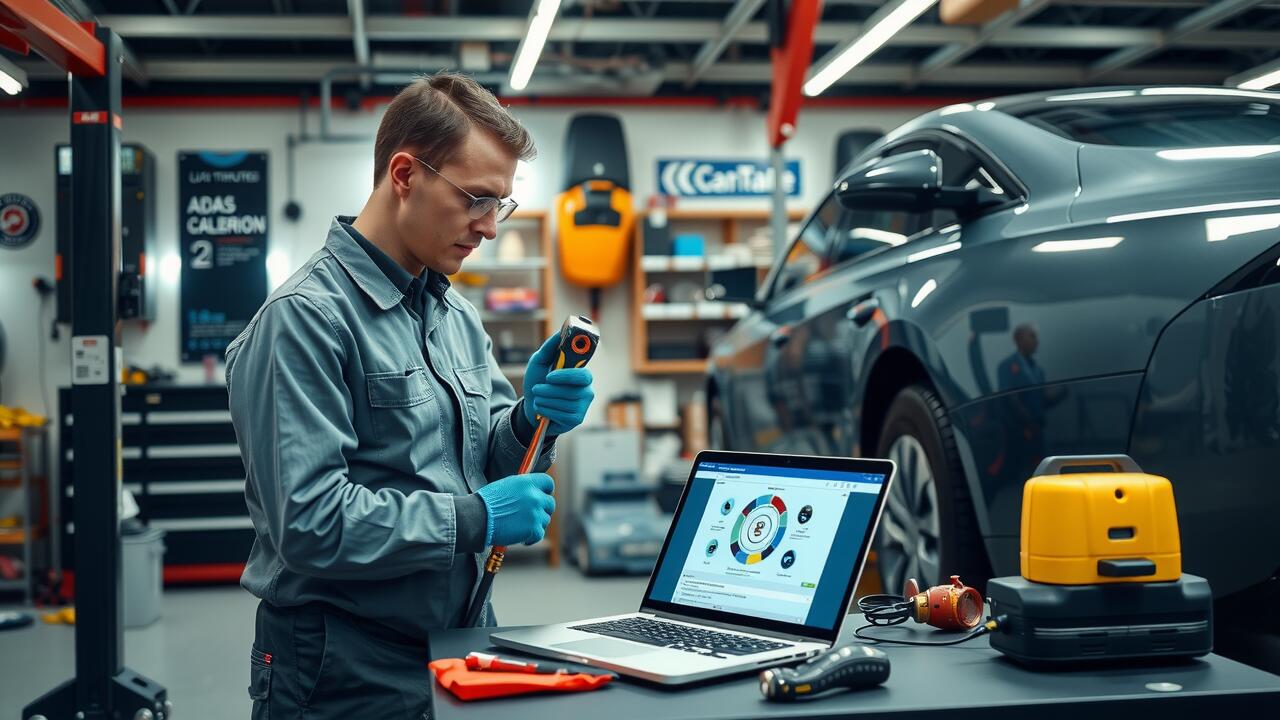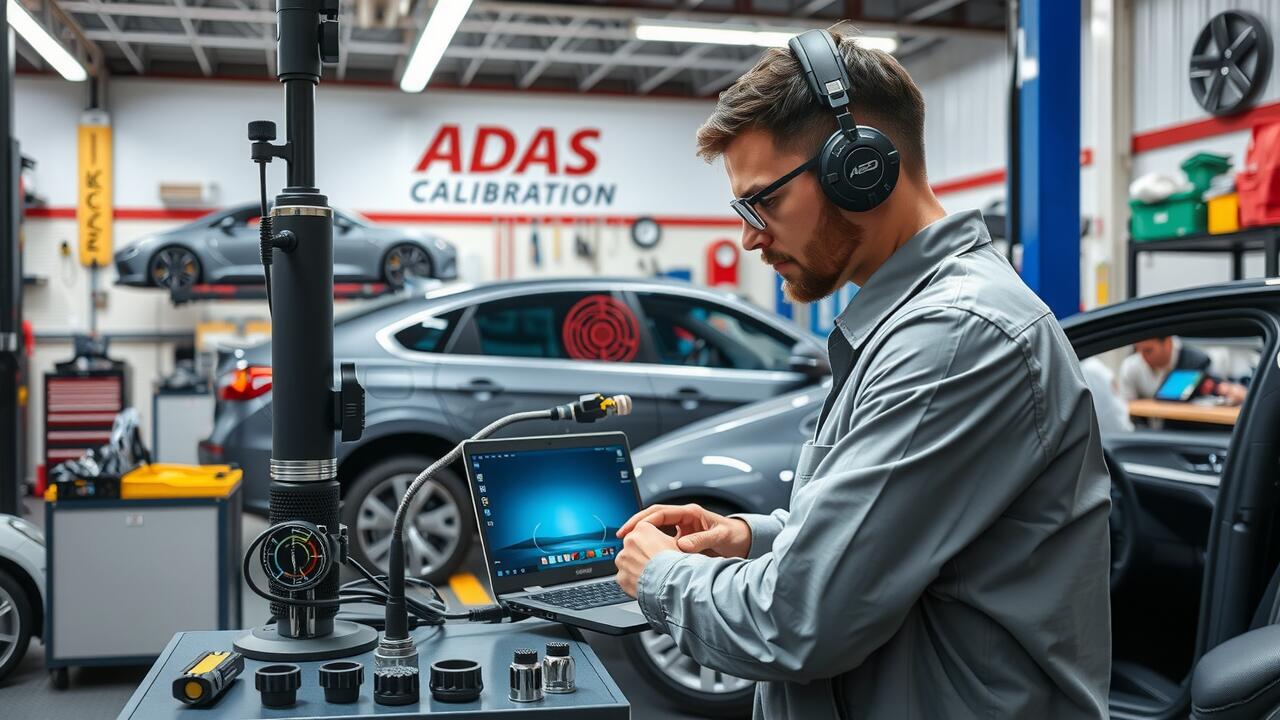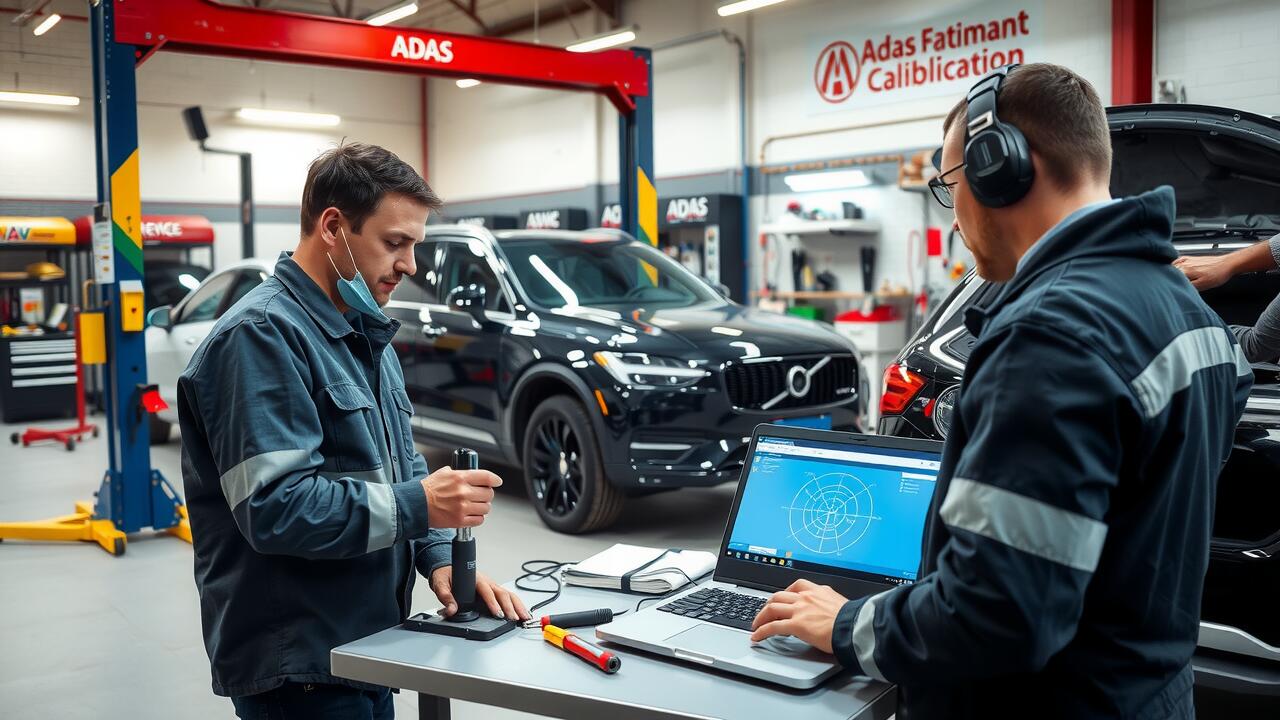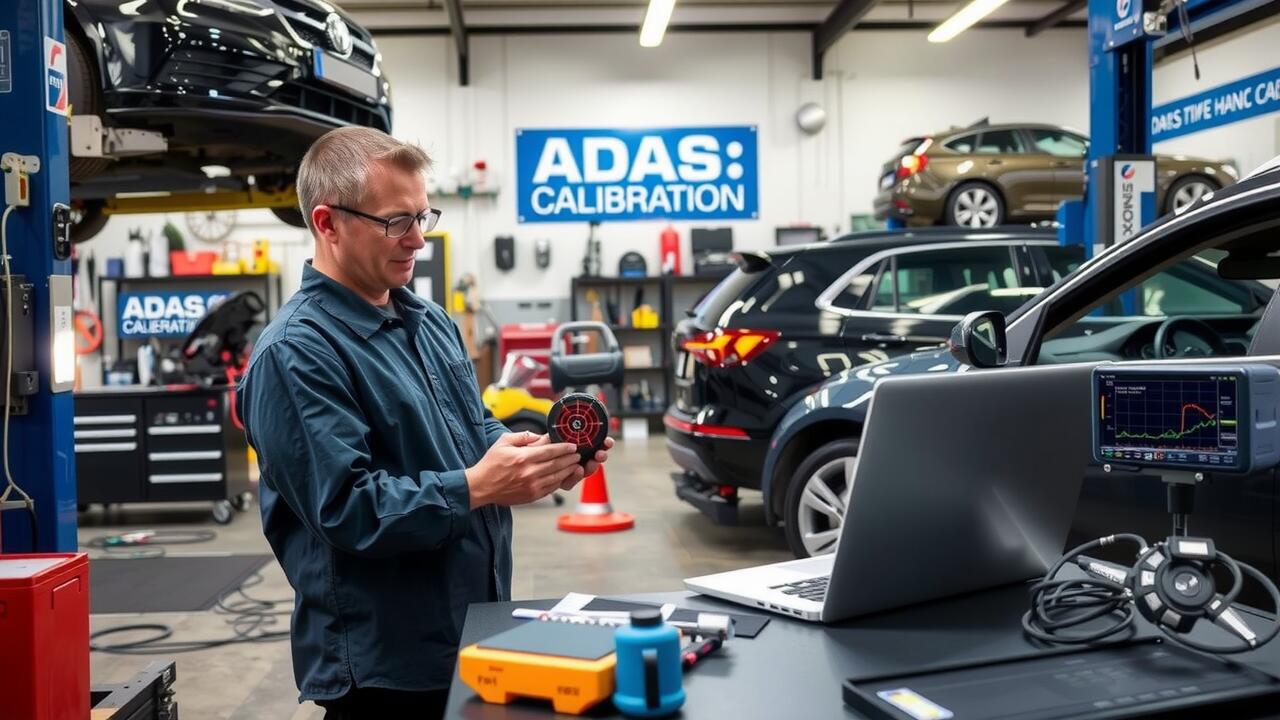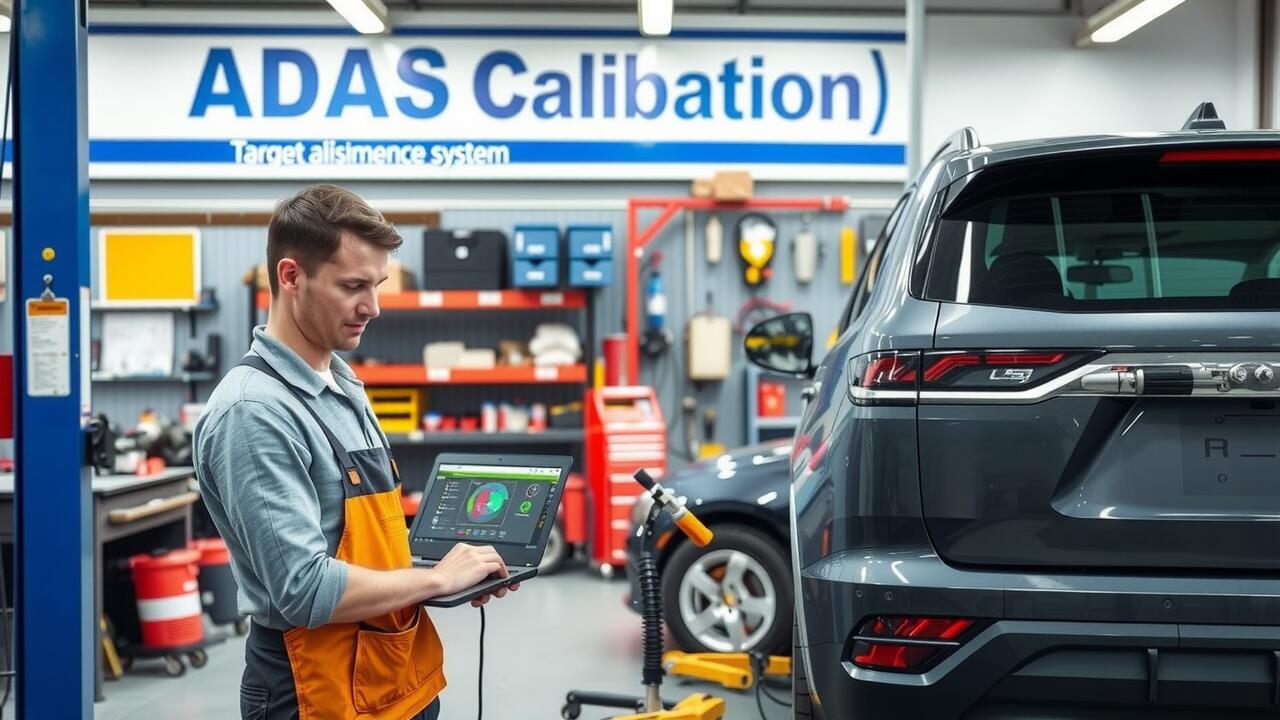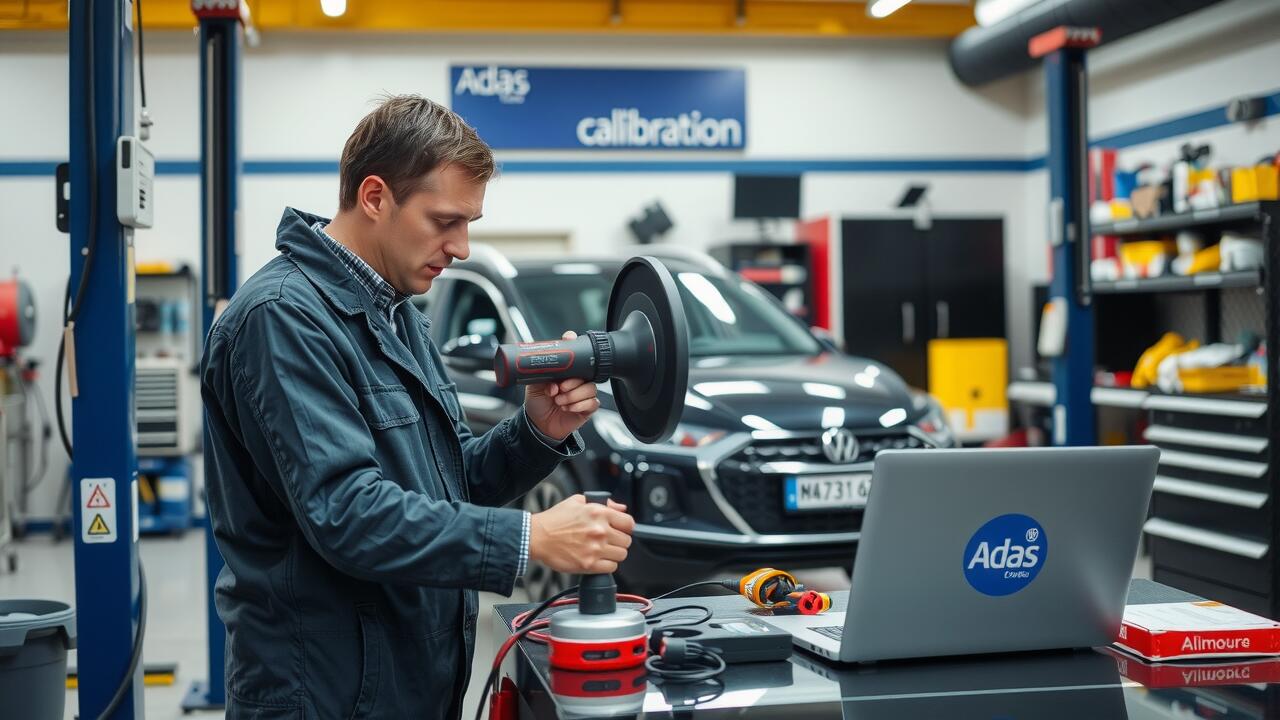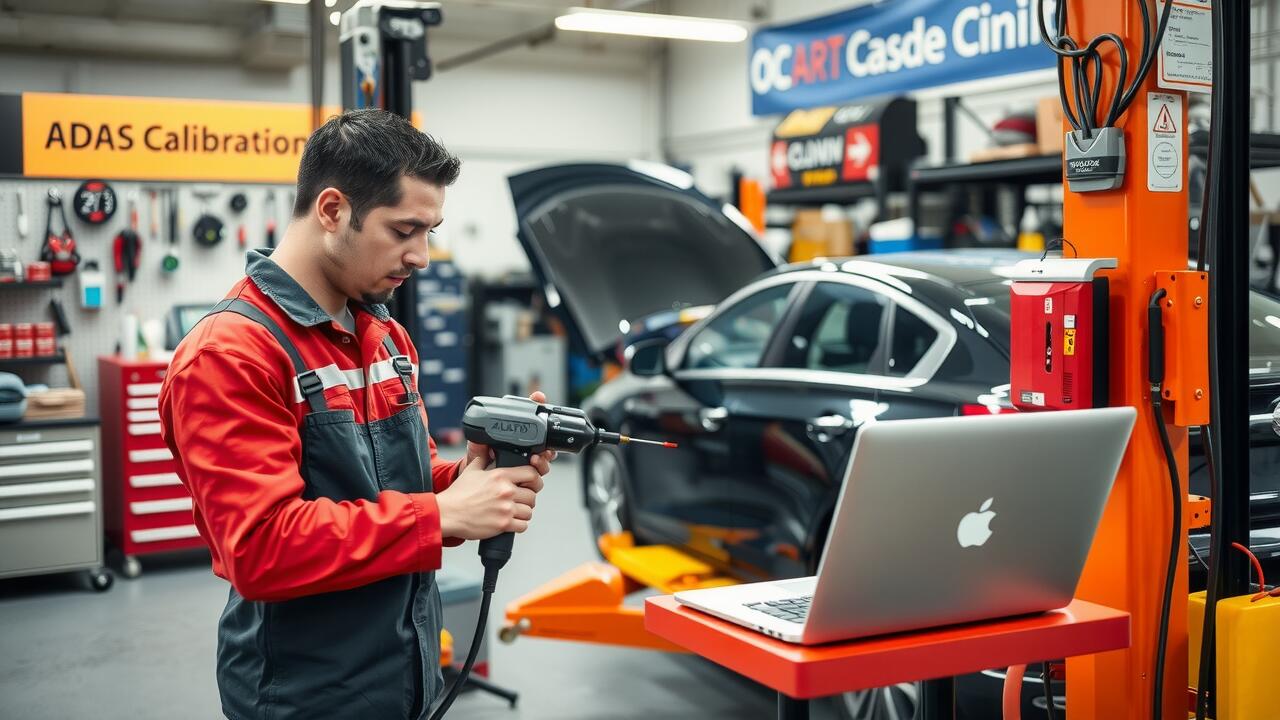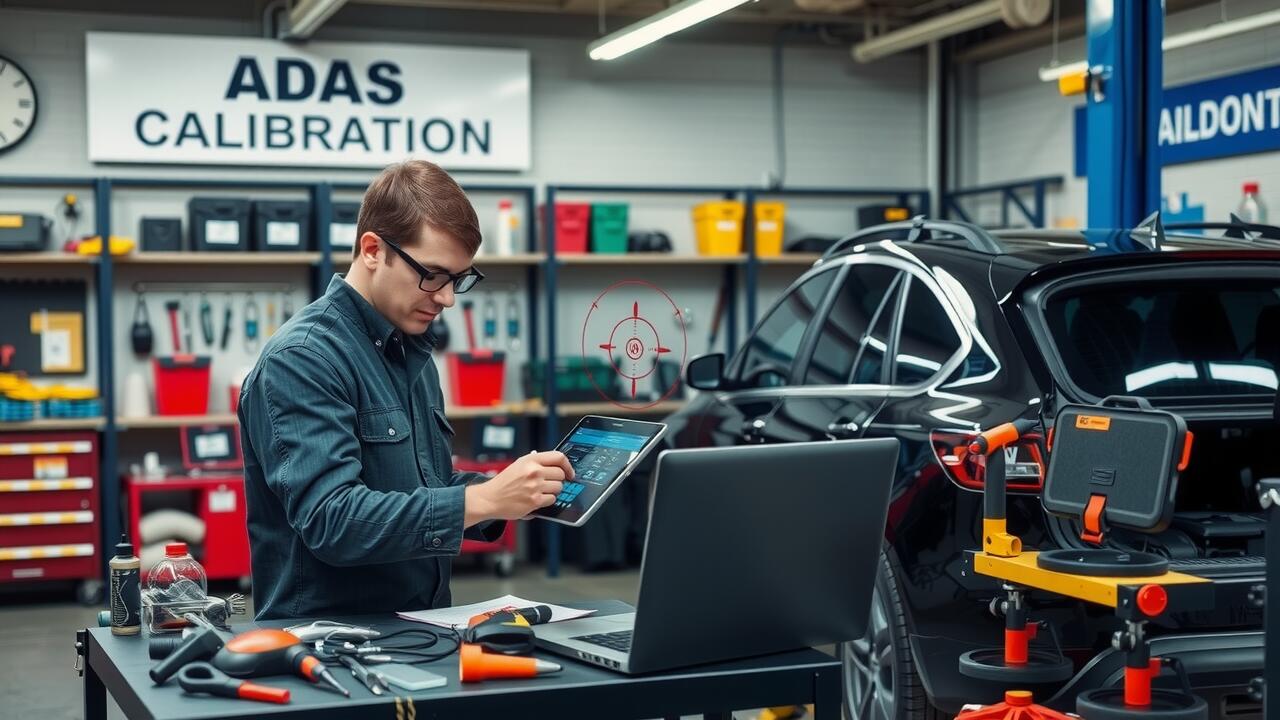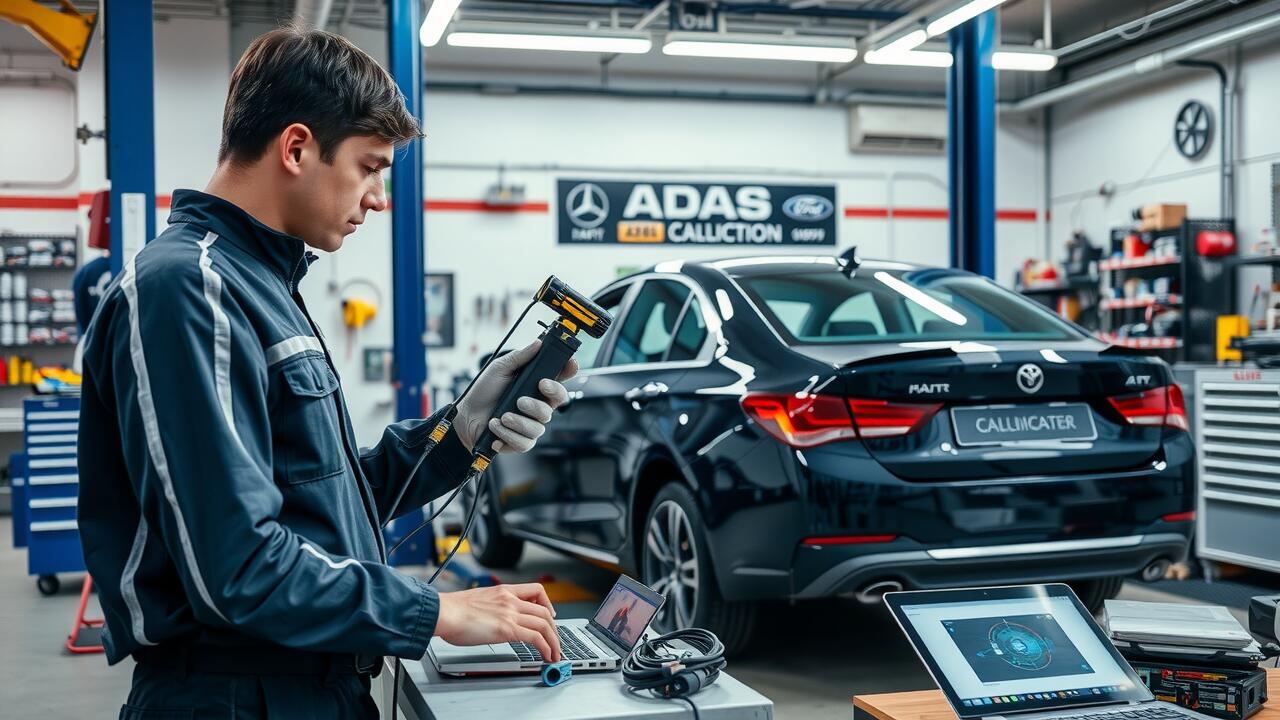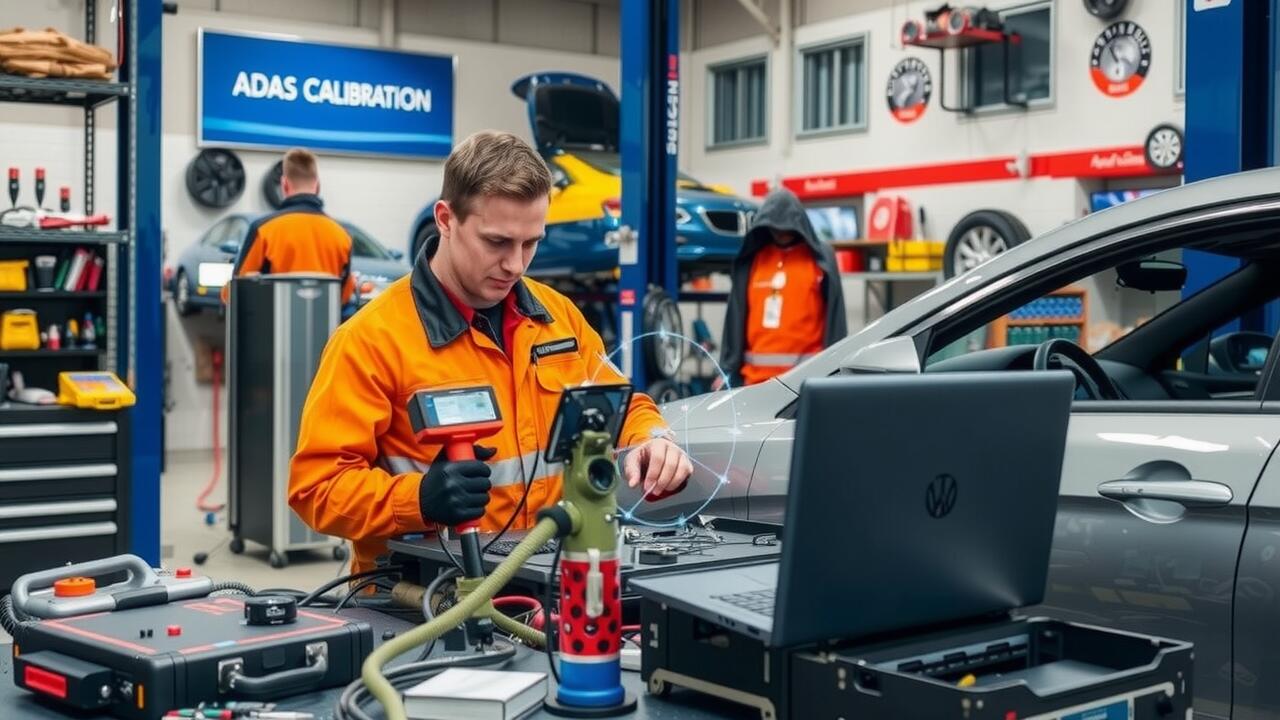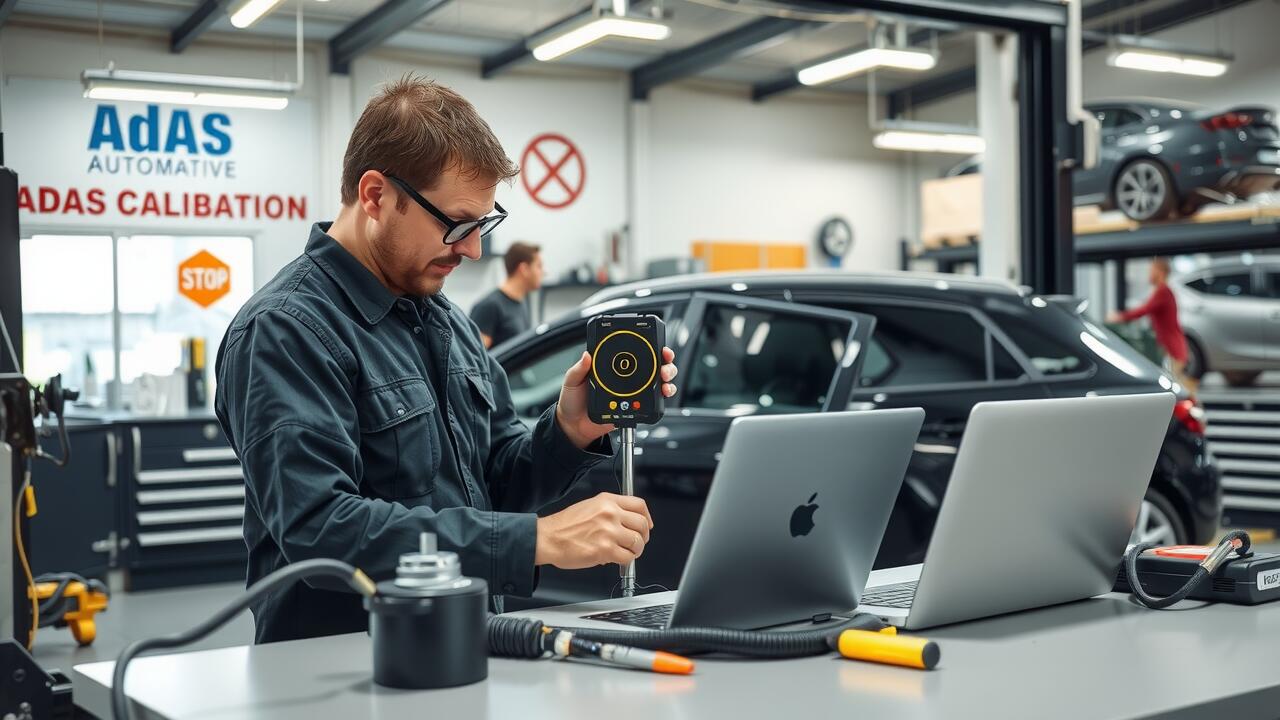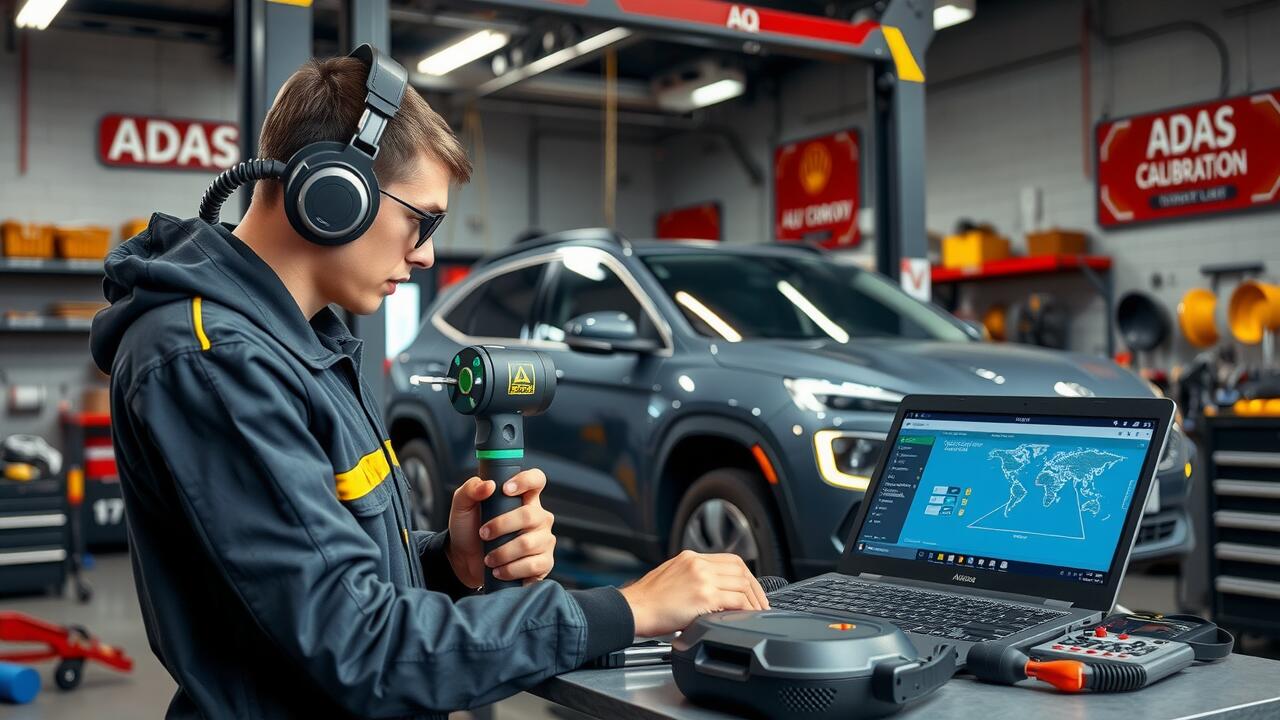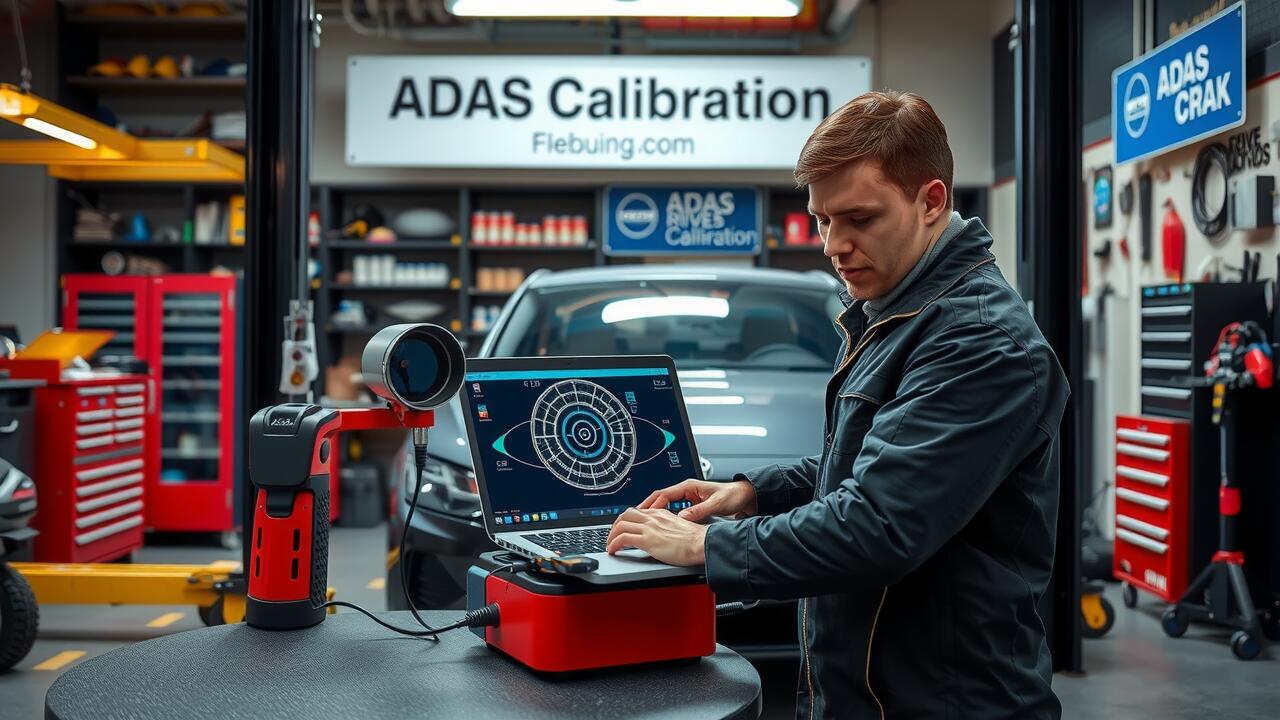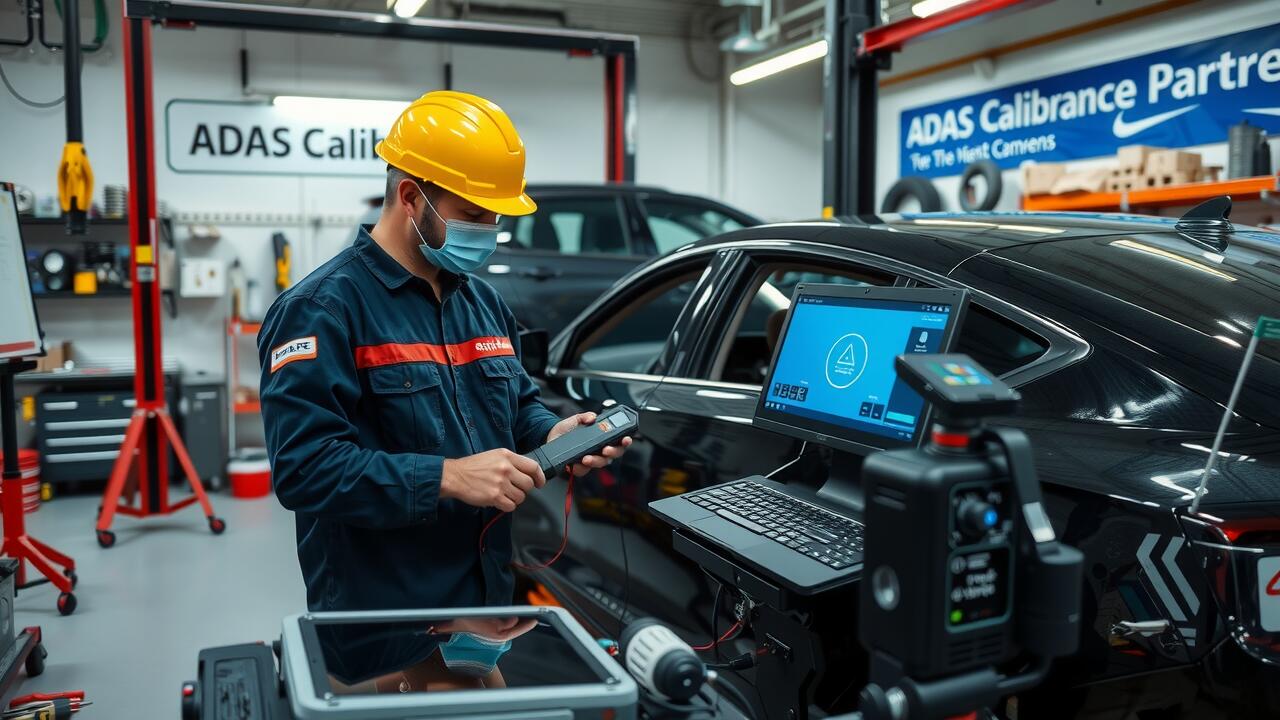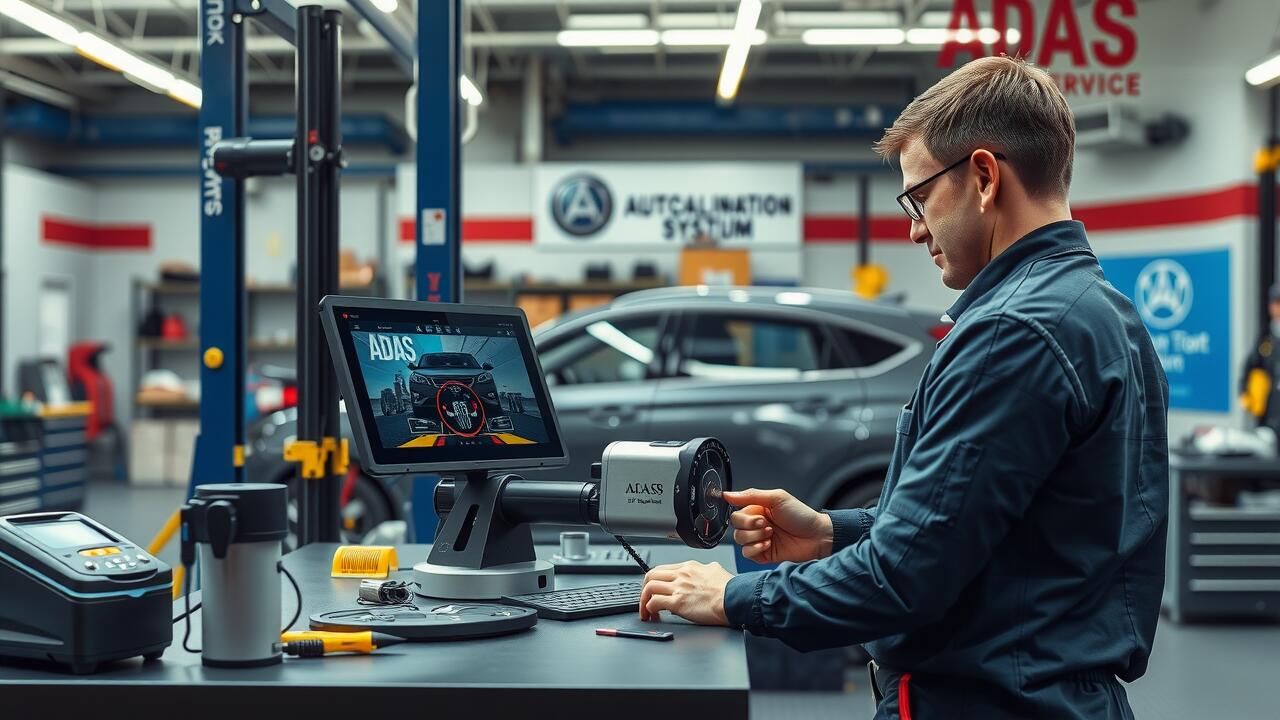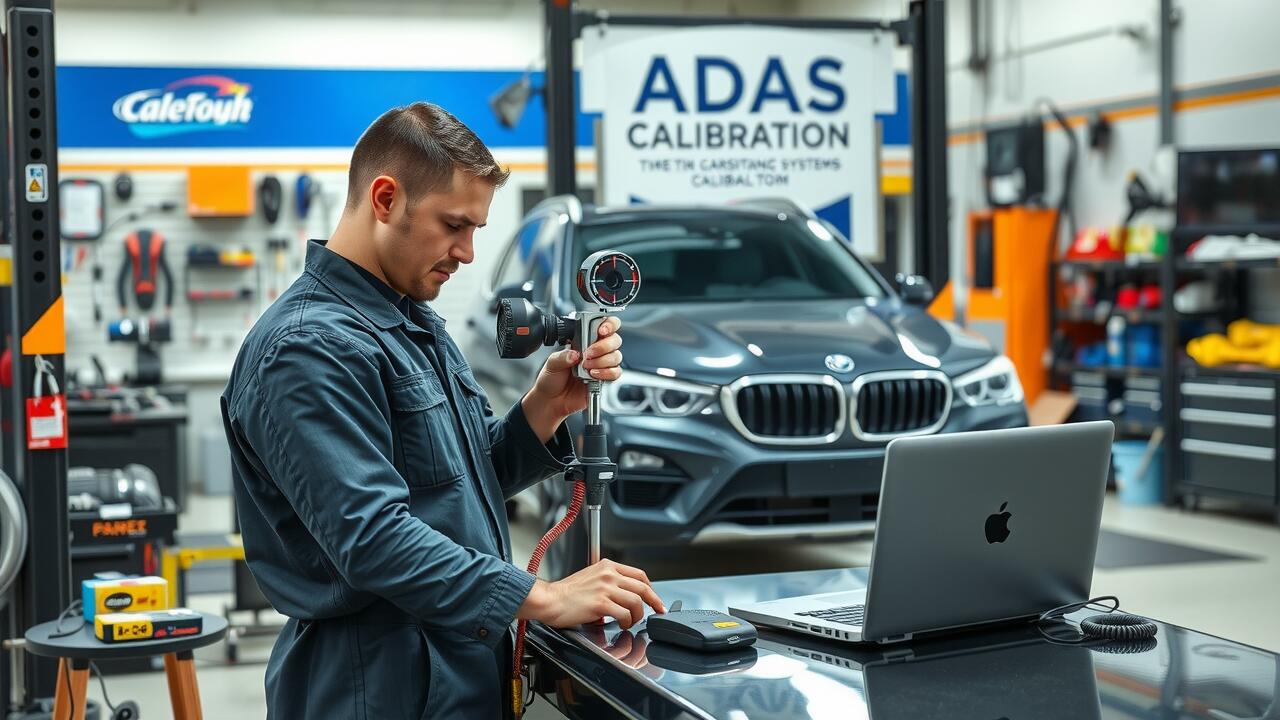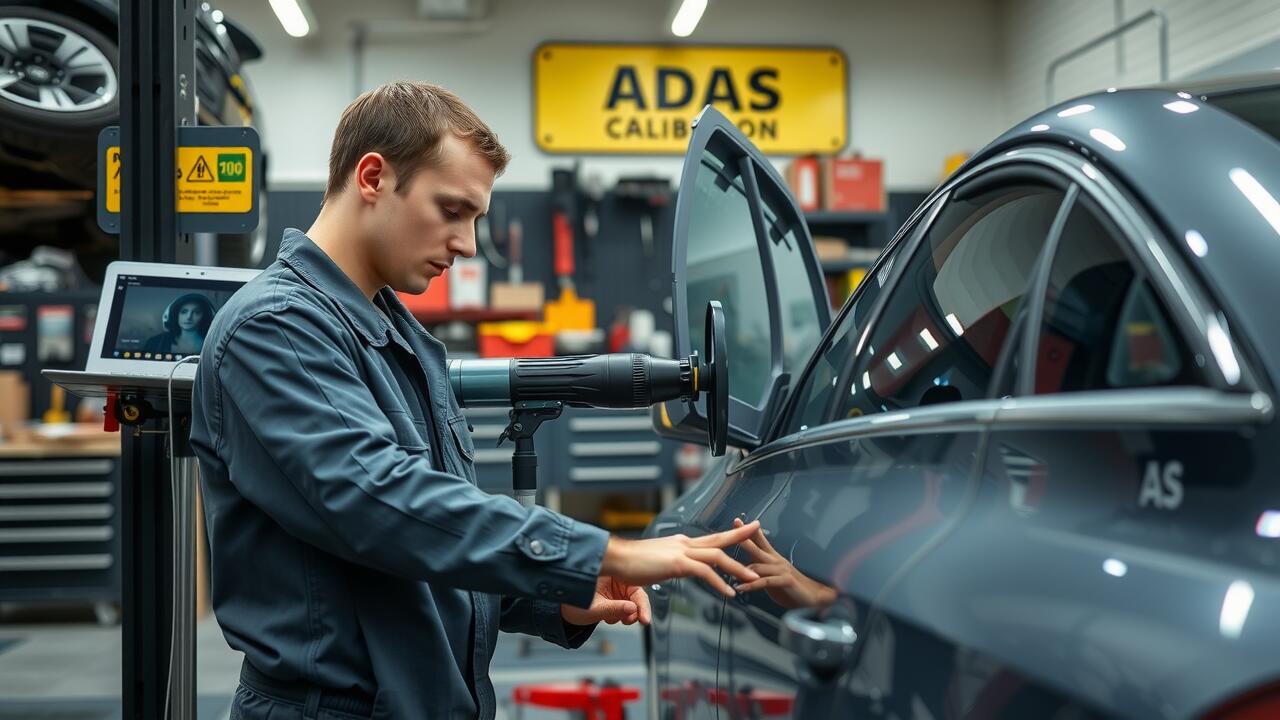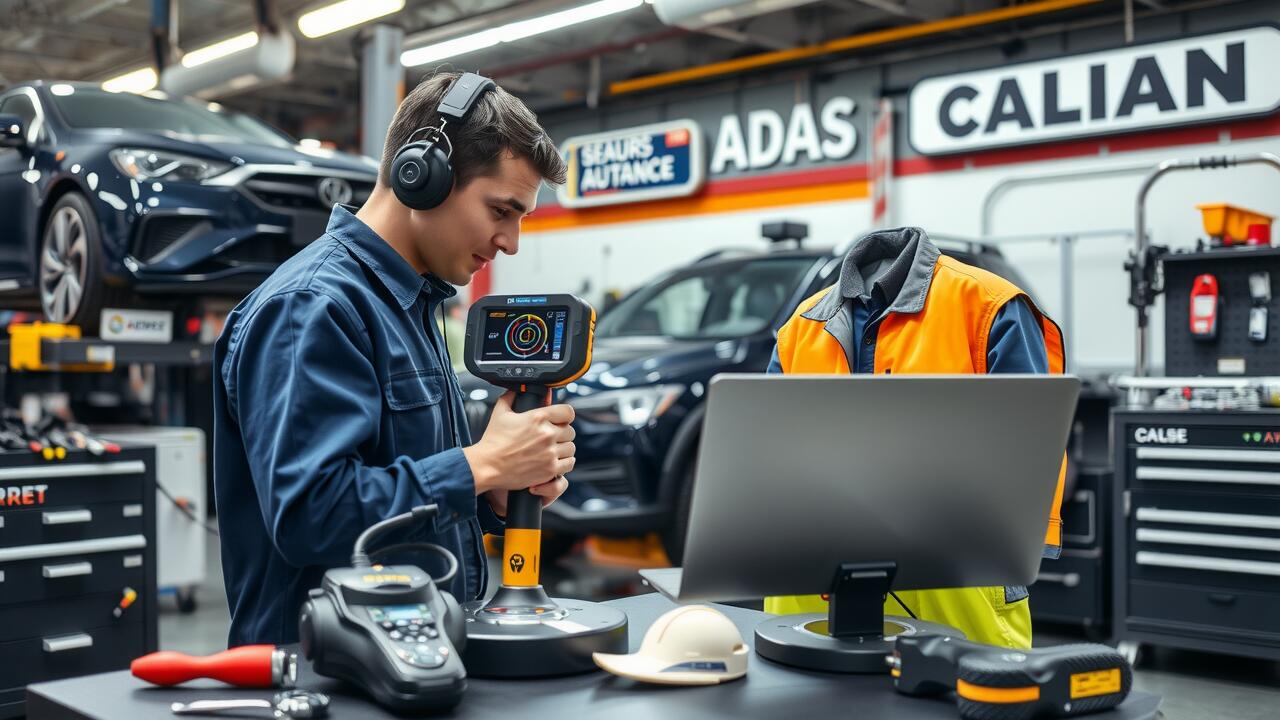
Table Of Contents
DIY Calibration Myths
Many car owners believe that they can calibrate their Advanced Driver Assistance Systems (ADAS) themselves. This misconception stems from the availability of online tutorials and DIY kits. However, ADAS system calibration requires specialized equipment and expertise to ensure that the sensors align correctly. Relying on improper methods can lead to incorrect calibrations that compromise vehicle safety.
Additionally, DIY calibration overlooks the complexities involved in modern vehicle technology. Many ADAS features depend on precise readings from various sensors and cameras, which need to be calibrated according to specific manufacturer guidelines. Attempting to perform this calibration without the necessary tools and knowledge can lead to disappointing results, including malfunctioning safety features. Ultimately, professional assistance is crucial for accurate ADAS system calibration and overall vehicle performance.
Why Home Calibration is Not Recommended
Calibration of Advanced Driver Assistance Systems (ADAS) requires precision and specialised equipment. Home methods often lack the necessary tools to accurately align sensors and cameras. Even minor adjustments can lead to significant misalignments, which compromise safety and functionality. Relying on DIY approaches risks not only the performance of the ADAS system but also the overall safety of the vehicle.
Professional services offer expert knowledge and access to sophisticated technology that ensures the ADAS system calibration is carried out correctly. These workshops use manufacturer-specific data and procedures to achieve optimal results. This level of accuracy is essential for features such as adaptive cruise control and lane-keeping assistance to function properly. Skipping professional calibration could mean overlooking vital systems that contribute to safe driving.
Technological Advances in ADAS
The rapid evolution of Advanced Driver Assistance Systems (ADAS) has significantly enhanced vehicle safety and performance. Modern cars are equipped with a variety of sensors, cameras, and radar technology that work together to provide features such as lane-keeping assistance and adaptive cruise control. As these technologies become more sophisticated, the importance of precise ADAS system calibration cannot be overstated. An accurate calibration ensures that all components are aligned and functioning correctly, enabling the system to perform optimally in different driving conditions.
As automakers continue to innovate, the methods and tools used for ADAS system calibration are also advancing. New software solutions and diagnostic tools streamline the calibration process, improving efficiency and accuracy. Workshops are increasingly adopting high-tech equipment that allows for quicker assessments and adjustments. These advancements not only benefit mechanics and technicians but also enhance the overall safety and reliability of modern vehicles. Regularly checking the calibration of ADAS components is essential in keeping up with the advancements in technology and ensuring the longevity of onboard systems.
The Role of New Technologies in Calibration
Recent advancements in technology have significantly enhanced the capabilities of ADAS system calibration. Modern tools utilise laser measurement systems and advanced cameras, allowing for high precision in calibrating various driver assistance features. These technologies reduce the chances of human error and deliver quicker results. With the integration of artificial intelligence, calibration processes can now adapt and self-correct, promoting an increasingly reliable performance of systems like lane departure warnings and automatic emergency braking.
Furthermore, the role of cloud-based technologies cannot be overlooked in the calibration process. Data can be gathered and analysed from multiple vehicles to identify trends and common calibration issues. This data-driven approach results in more effective solutions tailored to specific vehicle models. Such innovative methods transform traditional calibration practices, making them not only faster but also more accurate, ultimately contributing to safer driving environments.
The Costs Involved
The expenses associated with ADAS system calibration can vary significantly depending on the vehicle model and the complexity of the required adjustments. Many modern vehicles incorporate advanced sensors, cameras, and radars, making the calibration process more intricate. This complexity often results in higher labour costs as technicians must spend more time ensuring everything is correctly aligned and functioning.
In addition to labour expenses, the technology and tools necessary for proper ADAS system calibration can influence overall costs. Calibration equipment might require regular updates or specialised training for technicians, both contributing to the price you may pay at a service centre. It is vital to consider these factors when budgeting for ADAS calibration, as attempting to save costs by skipping this essential service can lead to larger issues down the road.
Understanding the Financial Aspects of Calibration
Investing in ADAS system calibration can appear daunting, yet understanding the financial aspects is crucial for car owners. Calibration costs often vary depending on the vehicle make and model, as well as the specific services offered by different providers. Generally, the expenses encompass both the technician's labour and the necessary equipment. Adopting the right approach to budgeting can lead to long-term safety and performance benefits, justifying the investment in professional calibration services.
Neglecting ADAS system calibration may lead to significant safety issues and even potential liabilities. If the system is not calibrated correctly, it may not function effectively, leading to costly accidents that could result in higher insurance premiums. Car owners must weigh the immediate costs against the potential financial consequences of inadequate calibration. Making informed decisions regarding these services can enhance vehicle performance and ensure safety on the roads.
FAQS
What is ADAS calibration?
ADAS calibration refers to the process of adjusting and aligning Advanced Driver Assistance Systems in a vehicle to ensure they operate correctly and safely. This is crucial after repairs, replacements, or modifications to ensure the systems function as intended.
How do I know if my car needs ADAS calibration?
You may need ADAS calibration if your vehicle has been involved in an accident, if you've replaced any sensors or cameras, or if you've noticed issues with features like adaptive cruise control, lane departure warnings, or automatic emergency braking.
Can I perform ADAS calibration myself?
No, home calibration is not recommended. ADAS systems require precise adjustments that typically involve specialised equipment and software that are only available at certified repair facilities.
What are the costs associated with ADAS calibration?
The costs can vary widely depending on the make and model of your vehicle, the specific systems involved, and the service provider. It's advisable to get a quote from a certified technician to understand the financial aspects specific to your car.
Are there any warning signs that indicate my ADAS needs calibration?
Yes, warning signs include the illumination of warning lights on your dashboard related to ADAS systems, reduced functionality of features like lane keeping assist, or if the systems behave erratically, such as false alerts or not engaging when they should.
